HTTP/3 inspection on Cloudflare Gateway


Today, we’re excited to announce upcoming support for HTTP/3 inspection through Cloudflare Gateway, our comprehensive secure web gateway. HTTP/3 currently powers 25% of the Internet and delivers a faster browsing experience, without compromising security. Until now, administrators seeking to filter and inspect HTTP/3-enabled websites or APIs needed to either compromise on performance by falling back to HTTP/2 or lose visibility by bypassing inspection. With HTTP/3 support in Cloudflare Gateway, you can have full visibility on all traffic and provide the fastest browsing experience for your users.
Why is the web moving to HTTP/3?
HTTP is one of the oldest technologies that powers the Internet. All the way back in 1996, security and performance were afterthoughts and encryption was left to the transport layer to manage. This model doesn’t scale to the performance needs of the modern Internet and has led to HTTP being upgraded to HTTP/2 and now HTTP/3.
HTTP/3 accelerates browsing activity by using QUIC, a modern transport protocol that is always encrypted by default. This delivers faster performance by reducing round-trips between the user and the web server and is more performant for users with unreliable connections. For further information about HTTP/3’s performance advantages take a look at Continue reading
Connect to private network services with Browser Isolation
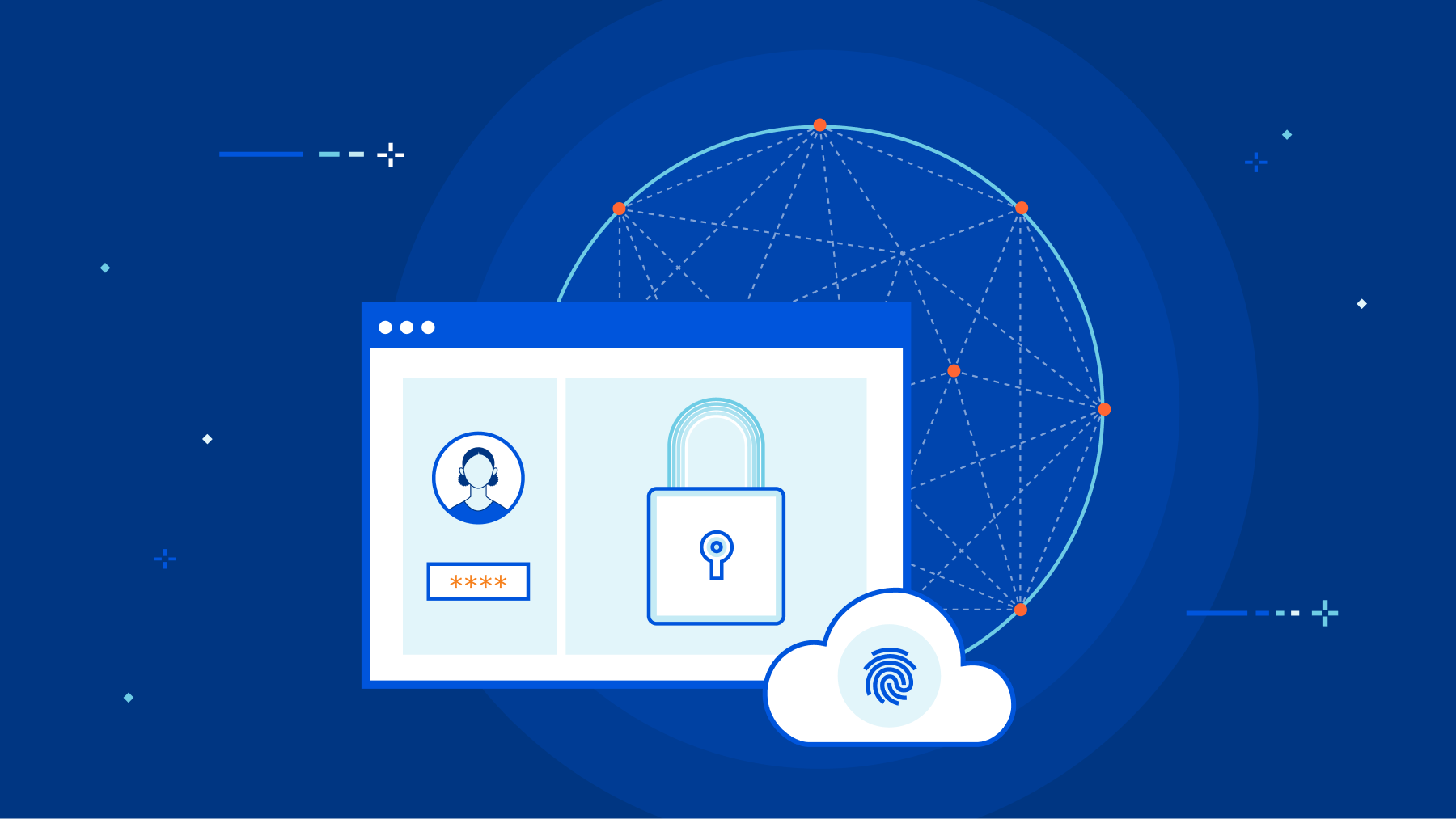
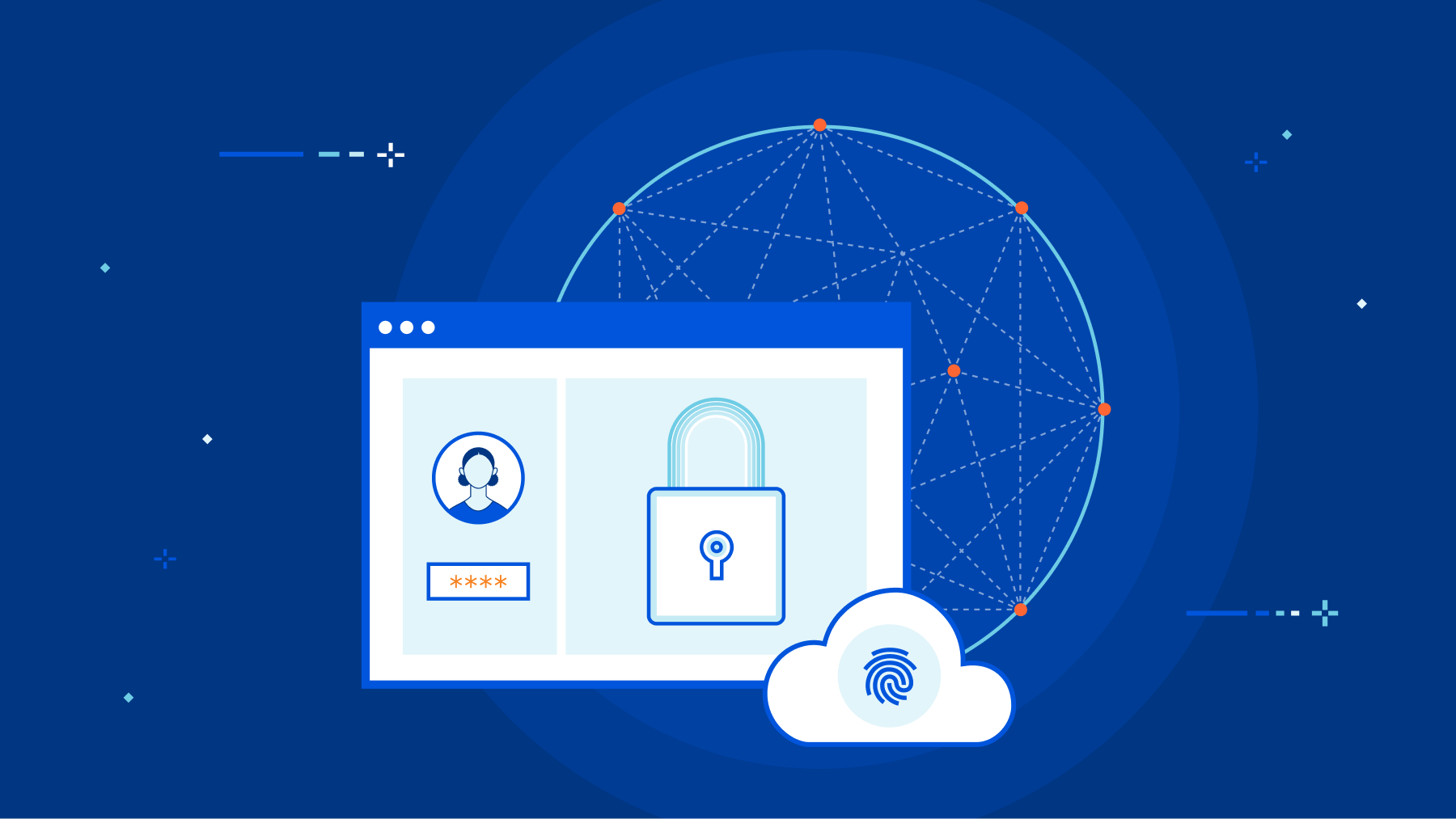
If you’re working in an IT organization that has relied on virtual desktops but looking to get rid of them, we have some good news: starting today, you can connect your users to your private network via isolated remote browsers. This means you can deliver sensitive internal web applications — reducing costs without sacrificing security.
Browser Isolation with private network connectivity enables your users to securely access private web services without installing any software or agents on an endpoint device or absorbing the management and cost overhead of serving virtual desktops. What’s even better: Browser Isolation is natively integrated into Cloudflare’s Zero Trust platform, making it easy to control and monitor who can access what private services from a remote browser without sacrificing performance or security.
Deprecating virtual desktops for web apps
The presence of virtual desktops in the workplace tells an interesting story about the evolution of deploying and securing enterprise applications. Serving a full virtual desktop to end-users is an expensive decision, each user requiring a dedicated virtual machine with multiple CPU cores and gigabytes of memory to run a full operating system. This cost was offset by the benefits of streamlining desktop app distribution and the security Continue reading
Announcing Gateway + CASB
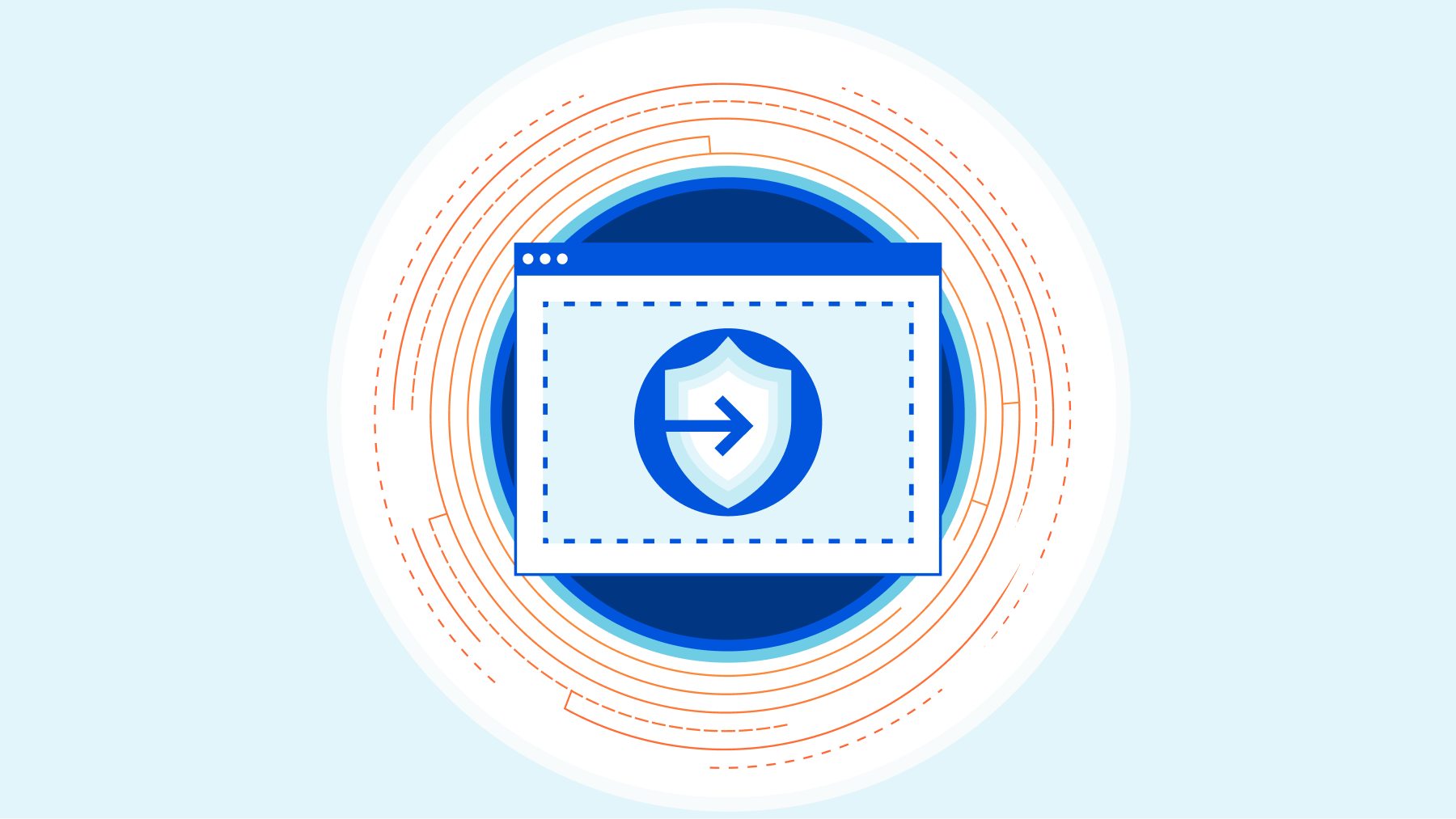
This post is also available in 简体中文, 日本語, Español.
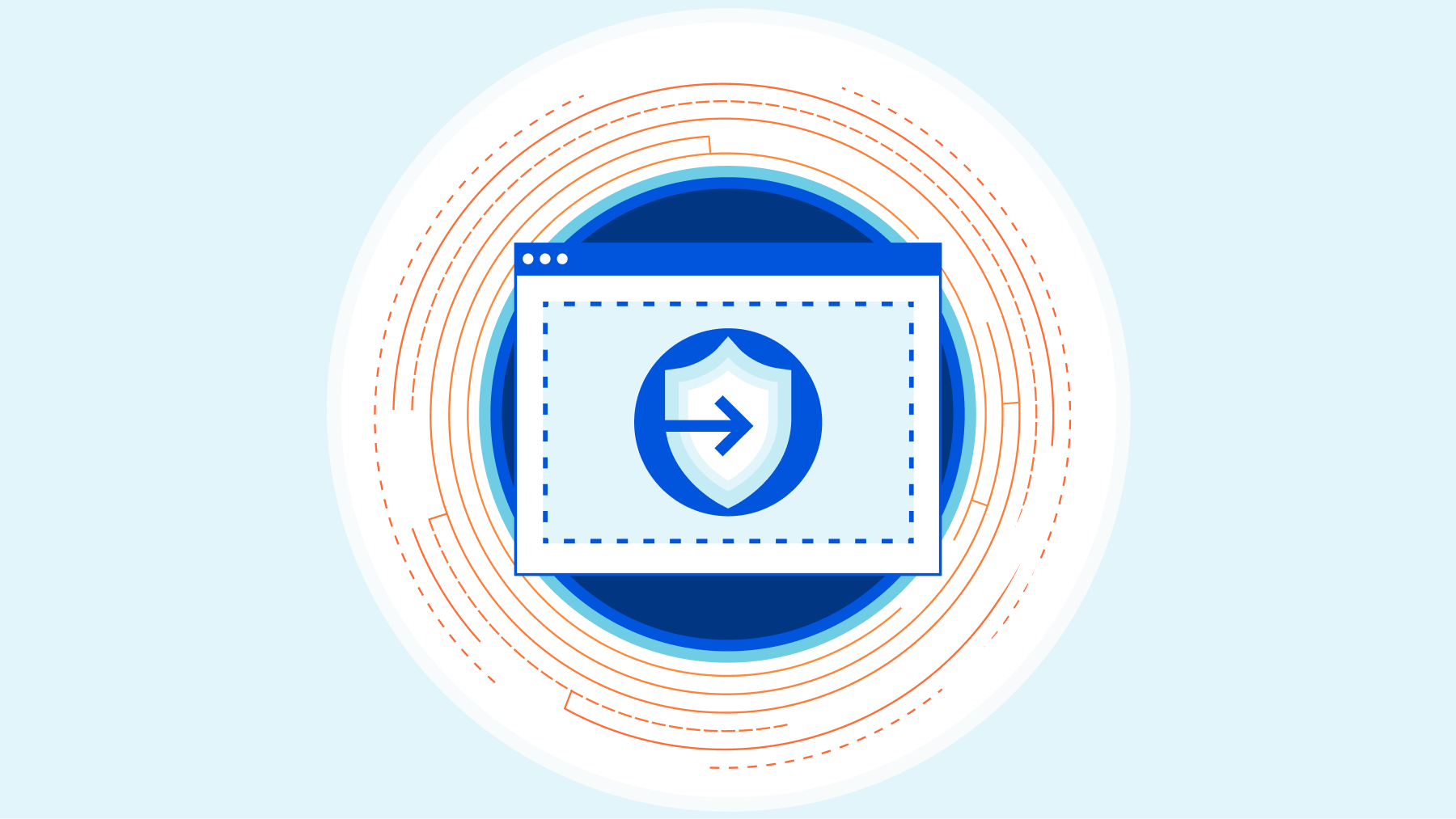
Shadow IT and managing access to sanctioned or unsanctioned SaaS applications remain one of the biggest pain points for IT administrators in the era of the cloud.
We're excited to announce that starting today, Cloudflare’s Secure Web Gateway and our new API-driven Cloud Access Security Broker (CASB) work seamlessly together to help IT and security teams go from finding Shadow IT to fixing it in minutes.
Detect security issues within SaaS applications
Cloudflare's API-driven CASB starts by providing comprehensive visibility into SaaS applications, so you can easily prevent data leaks and compliance violations. Setup takes just a few clicks to integrate with your organization's SaaS services, like Google Workspace and Microsoft 365. From there, IT and security teams can see what applications and services their users are logging into and how company data is being shared.
So you’ve found the issues. But what happens next?
Identify and detect, but then what?
Customer feedback from the API-driven CASB beta has followed a similar theme: it was super easy to set up and detect all my security issues, but how do I fix this stuff?
Almost immediately after investigating the most Continue reading
Early Hints update: How Cloudflare, Google, and Shopify are working together to build a faster Internet for everyone

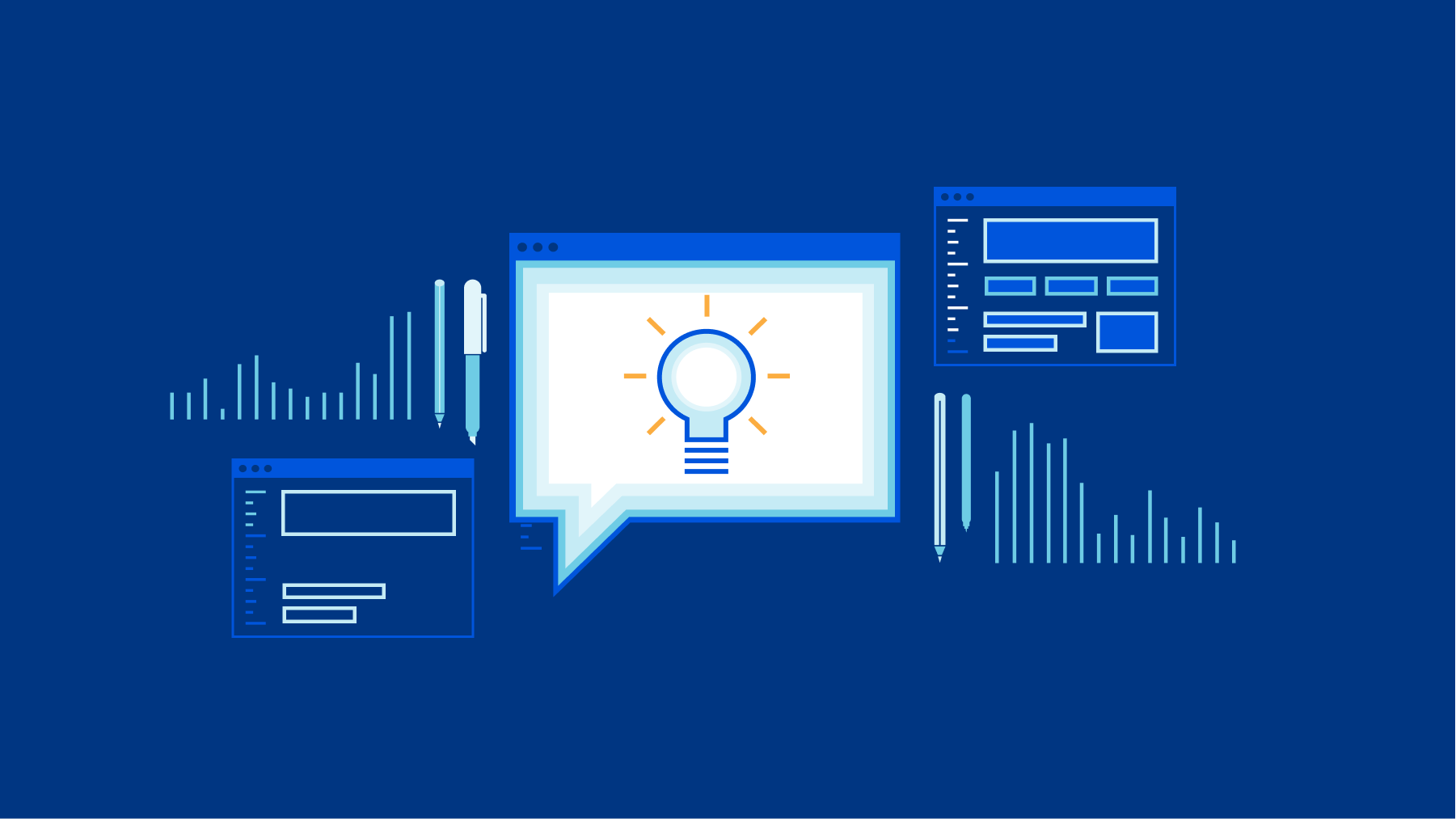
A few months ago, we wrote a post focused on a product we were building that could vastly improve page load performance. That product, known as Early Hints, has seen wide adoption since that original post. In early benchmarking experiments with Early Hints, we saw performance improvements that were as high as 30%.
Now, with over 100,000 customers using Early Hints on Cloudflare, we are excited to talk about how much Early Hints have improved page loads for our customers in production, how customers can get the most out of Early Hints, and provide an update on the next iteration of Early Hints we’re building.
What Are Early Hints again?
As a reminder, the browser you’re using right now to read this page needed instructions for what to render and what resources (like images, fonts, and scripts) need to be fetched from somewhere else in order to complete the loading of this (or any given) web page. When you decide you want to see a page, your browser sends a request to a server and the instructions for what to load come from the server’s response. These responses are generally composed of a multitude of resources that tell the browser Continue reading
A stronger bridge to Zero Trust
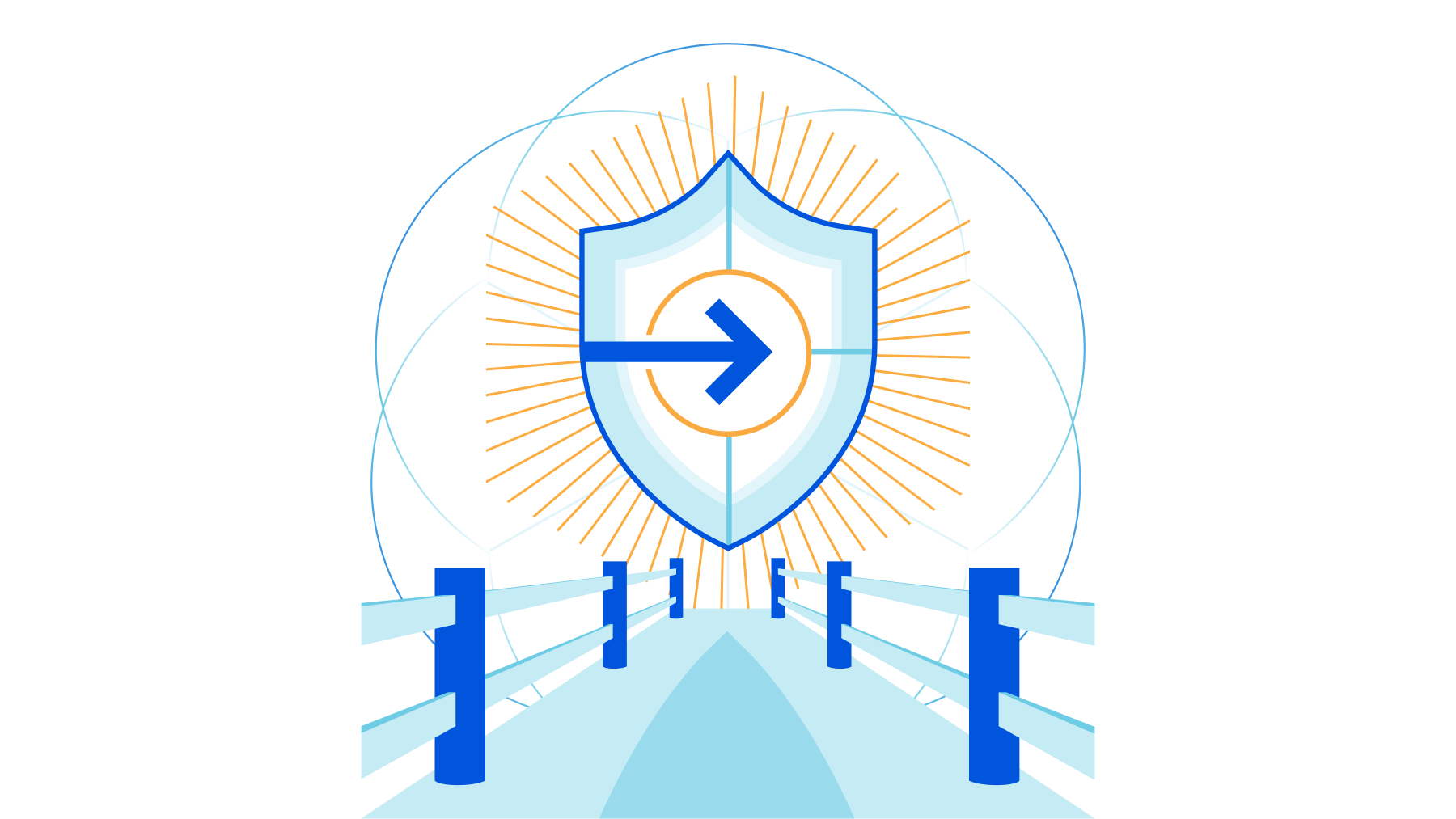
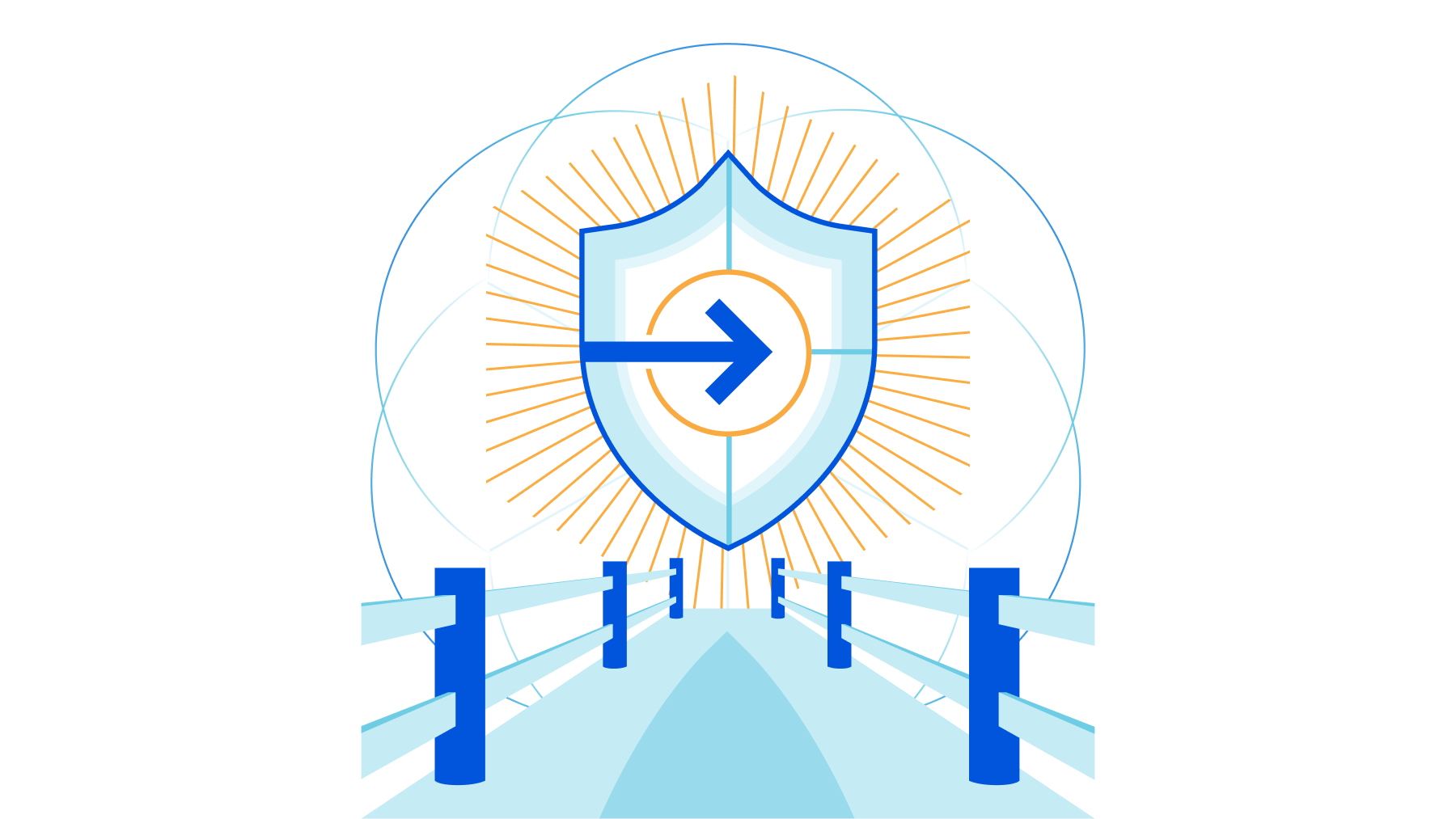
We know that migration to Zero Trust architecture won’t be an overnight process for most organizations, especially those with years of traditional hardware deployments and networks stitched together through M&A. But part of why we’re so excited about Cloudflare One is that it provides a bridge to Zero Trust for companies migrating from legacy network architectures.
Today, we’re doubling down on this — announcing more enhancements to the Cloudflare One platform that make a transition from legacy architecture to the Zero Trust network of the future easier than ever: new plumbing for more Cloudflare One on-ramps, expanded support for additional IPsec parameters, and easier on-ramps from your existing SD-WAN appliances.
Any on- or off-ramp: fully composable and interoperable
When we announced our vision for Cloudflare One, we emphasized the importance of allowing customers to connect to our network however they want — with hardware devices they’ve already deployed, with any carrier they already have in place, with existing technology standards like IPsec tunnels or more Zero Trust approaches like our lightweight application connector. In hundreds of customer conversations since that launch, we’ve heard you reiterate the importance of this flexibility. You need a platform that meets you where you Continue reading
Using Cloudflare Tunnel and Access with Postgres
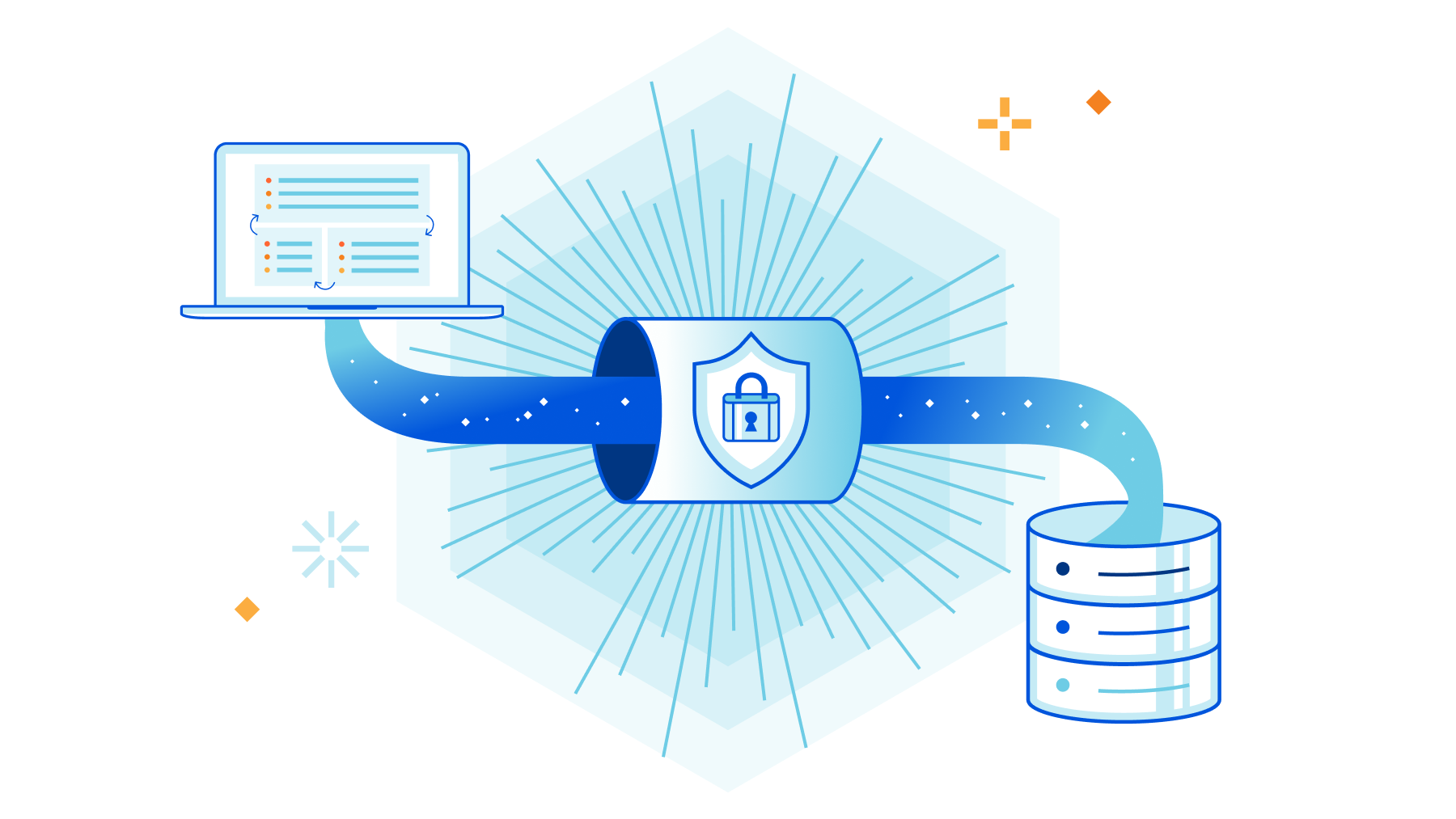
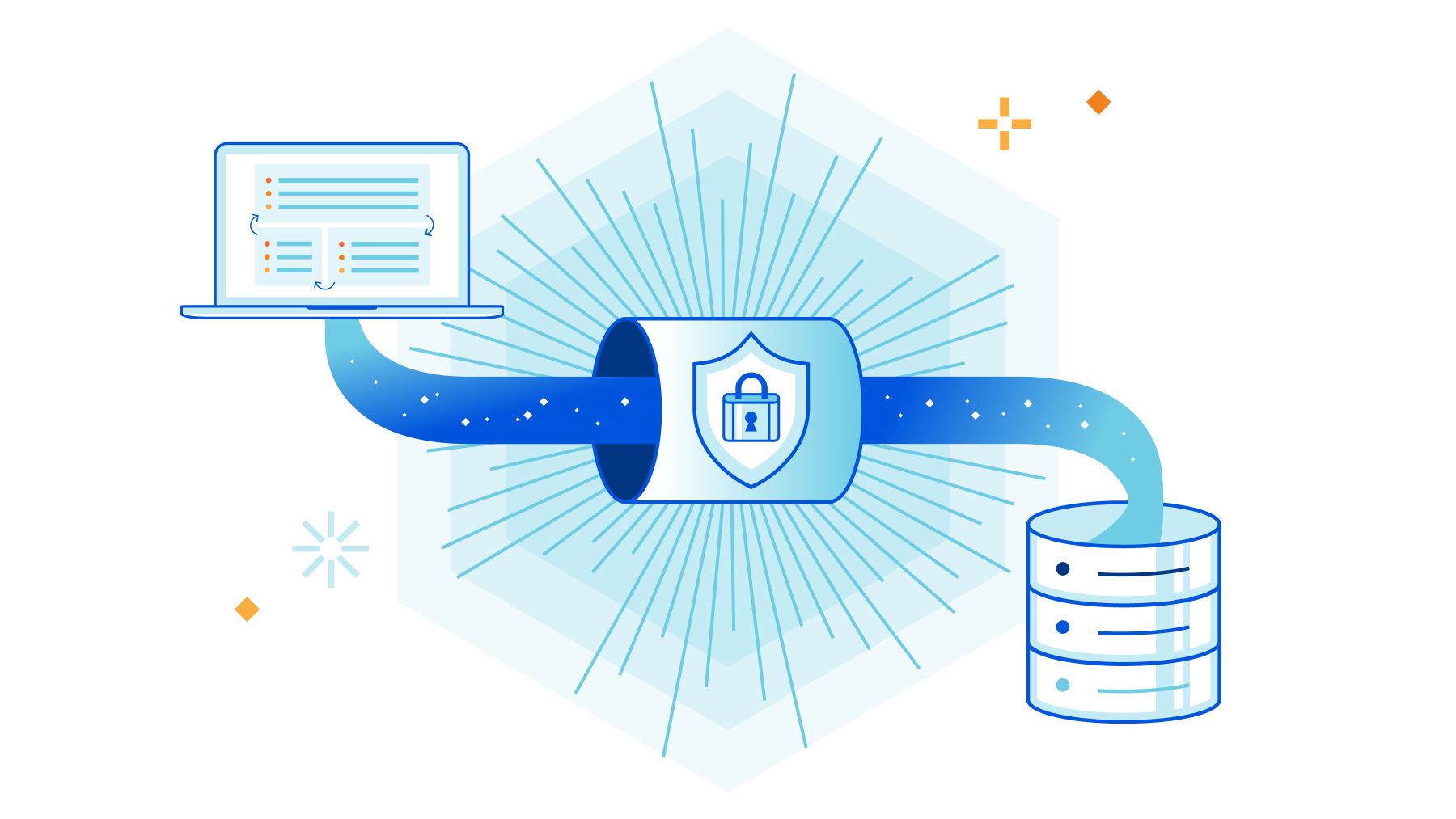
For a long time we used the traditional method of accessing internal database clusters by SSHing to a bastion host. Due to the overhead and limitations of maintaining the SSH configuration, we’ve moved to using Cloudflare Tunnels combined with Cloudflare Access to dramatically improve the user experience and onboarding times related to database access.
How we used to work
Internally we rely heavily on PostgreSQL to power many services at Cloudflare – including Stream, Images and the Cloudflare Dashboard itself. We run our Postgres clusters on our own hardware within our data centers, and they are not accessible to the public Internet, including employee laptops.
When an employee requires access to one of these databases – be it for staging environments, incident management, or supporting production services – an SSH user account is required. This SSH account has limited access on a bastion host, purely for querying databases within the data center.
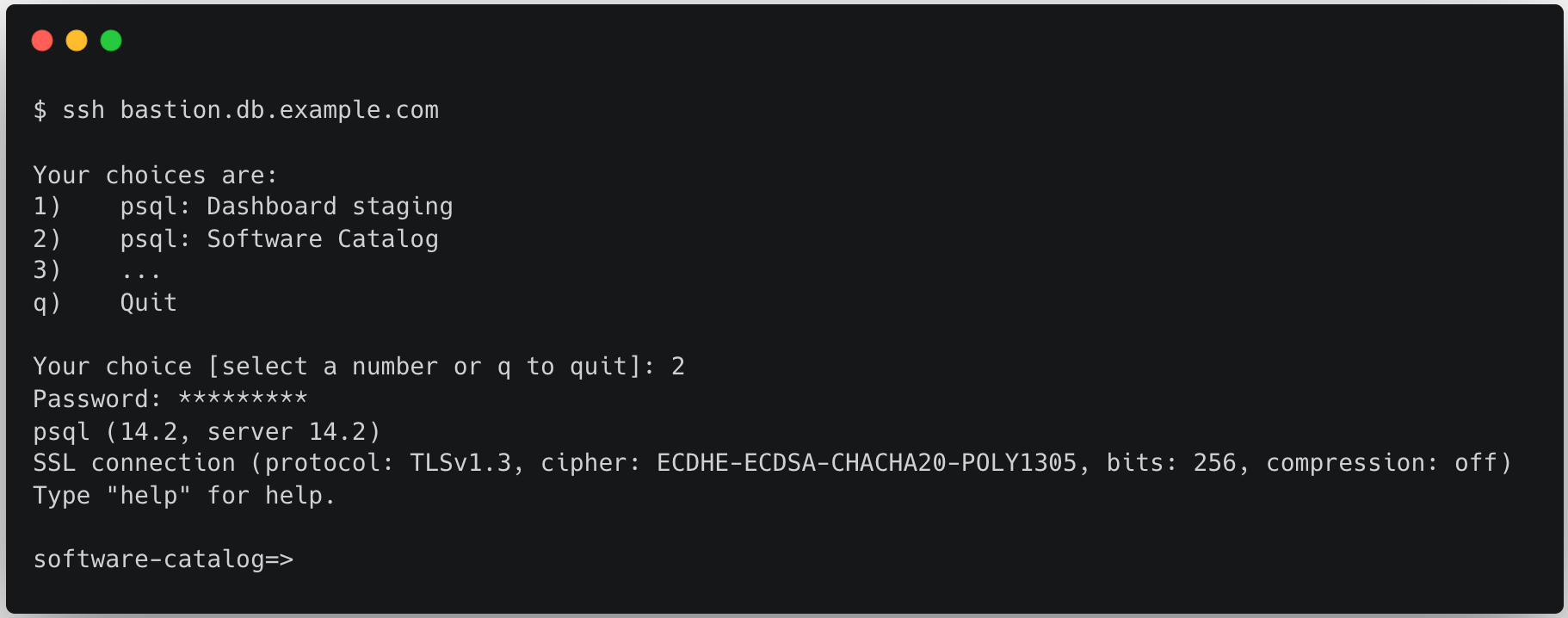
The pain we experienced
Provisioning an SSH account to these bastion hosts requires submitting a pull request to our main Infrastructure-as-Code git repository. For engineers this is a cumbersome process, and for non-engineers it is either an unnecessary learning experience, or a burden to whomever they have to Continue reading
Cloudflare integrates with Microsoft Intune to give CISOs secure control across devices, applications, and corporate networks
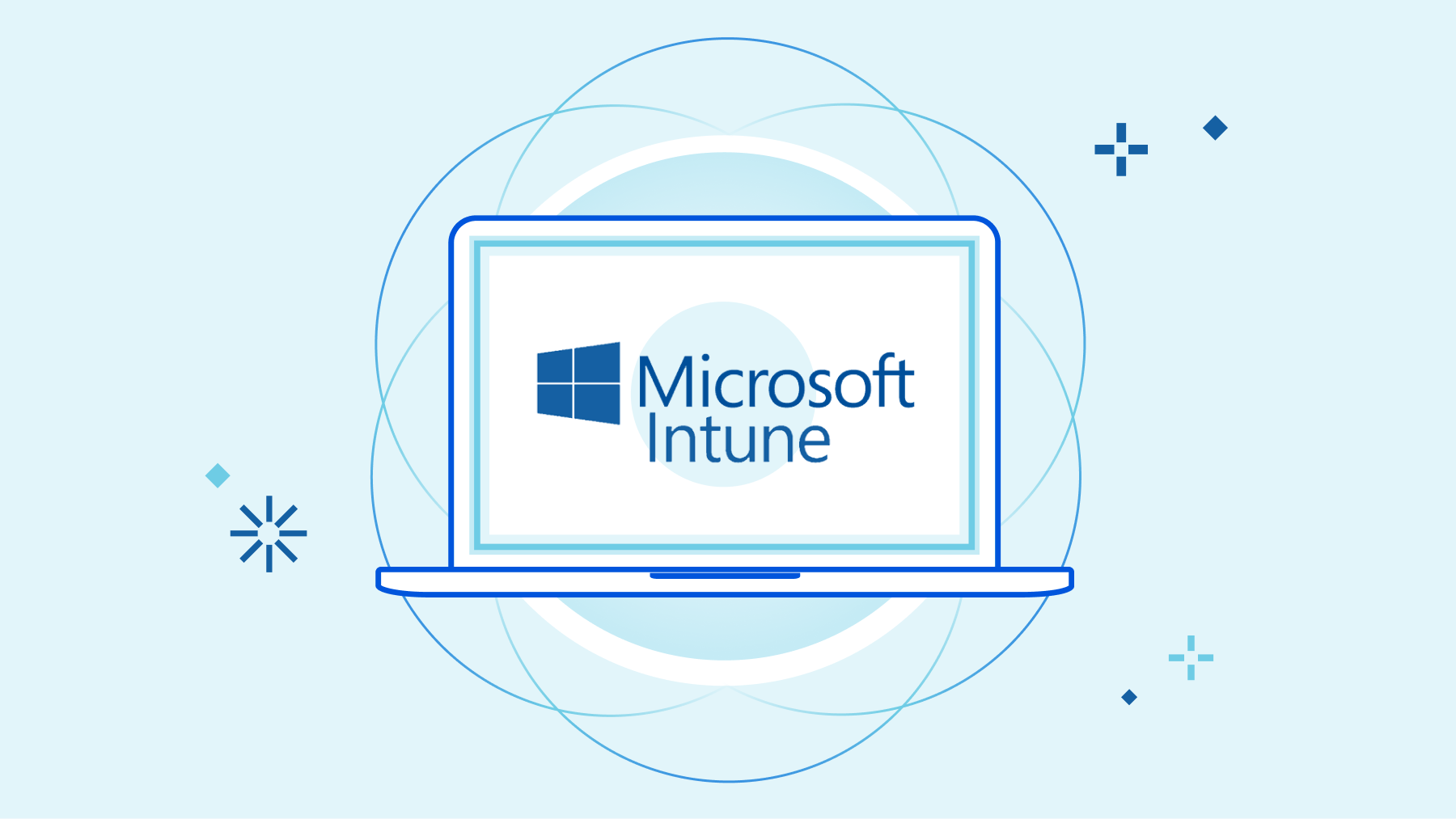
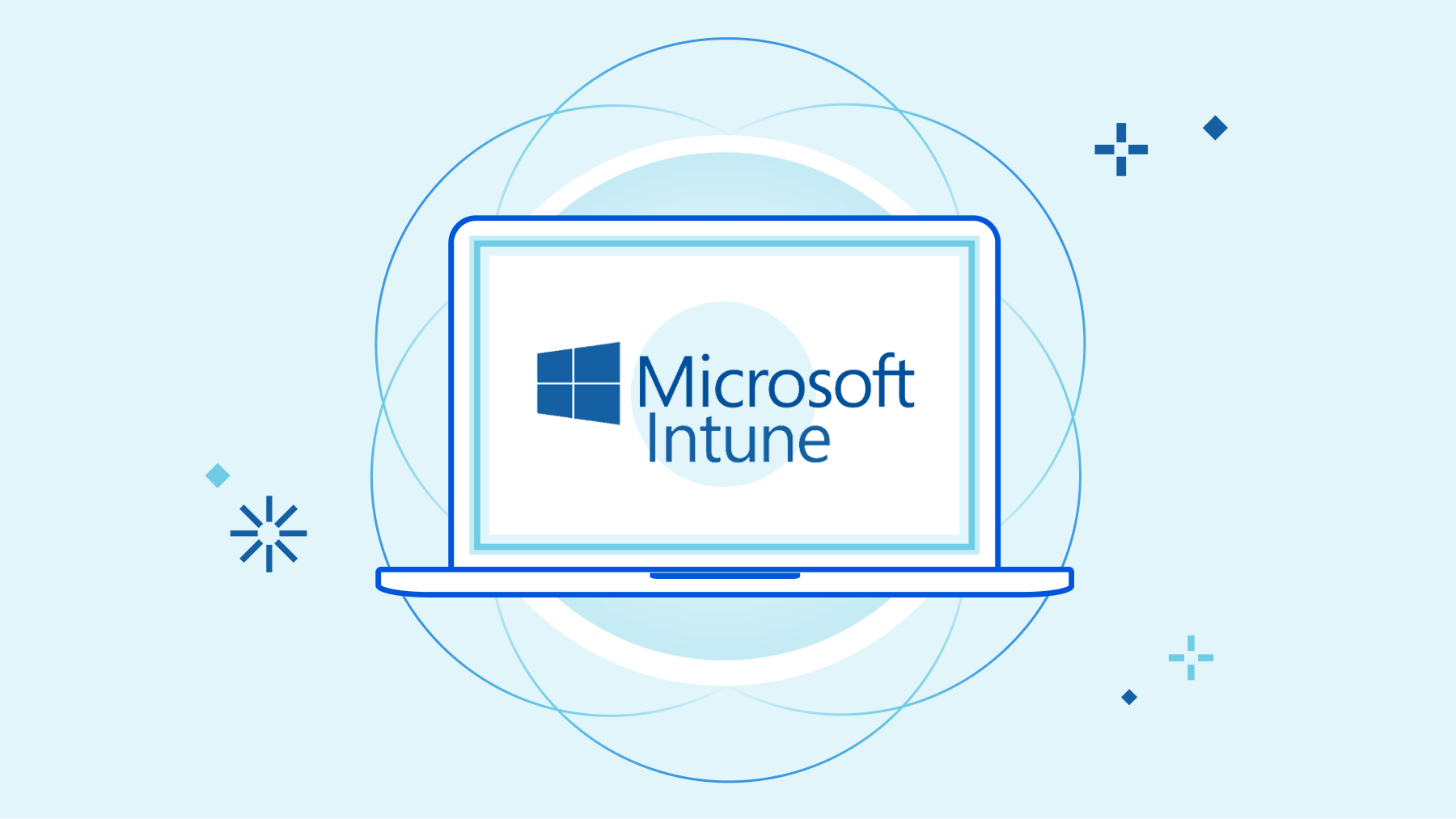
Today, we are very excited to announce our new integration with Microsoft Endpoint Manager (Intune). This integration combines the power of Cloudflare’s expansive network and Zero Trust suite, with Endpoint Manager. Via our existing Intune integration, joint customers can check if a device management profile such as Intune is running on the device or not and grant access accordingly.
With this expanded integration, joint customers can identify, investigate, and remediate threats faster. The integration also includes the latest information from Microsoft Graph API which provides many added, real-time device posture assessments and enables organizations to verify users' device posture before granting access to internal or external applications.
"In today’s work-from-anywhere business culture, the risk of compromise has substantially increased as employees and their devices are continuously surrounded by a hostile threat environment outside the traditional castle-and-moat model. By expanding our integration with Cloudflare, we are making it easier for joint customers to strengthen their Zero Trust security posture across all endpoints and their entire corporate network."
– Dave Randall, Sr Program Manager, Microsoft Endpoint Manager
Before we get deep into how the integration works, let’s first recap Cloudflare’s Zero Trust Services.
Cloudflare Access and Gateway
Cloudflare Access determines if Continue reading
Cloudflare Gateway dedicated egress and egress policies


Today, we are highlighting how Cloudflare enables administrators to create security policies while using dedicated source IPs. With on-premise appliances like legacy VPNs, firewalls, and secure web gateways (SWGs), it has been convenient for organizations to rely on allowlist policies based on static source IPs. But these hardware appliances are hard to manage/scale, come with inherent vulnerabilities, and struggle to support globally distributed traffic from remote workers.
Throughout this week, we’ve written about how to transition away from these legacy tools towards Internet-native Zero Trust security offered by services like Cloudflare Gateway, our SWG. As a critical service natively integrated with the rest of our broader Zero Trust platform, Cloudflare Gateway also enables traffic filtering and routing for recursive DNS, Zero Trust network access, remote browser isolation, and inline CASB, among other functions.
Nevertheless, we recognize that administrators want to maintain the convenience of source IPs as organizations transition to cloud-based proxy services. In this blog, we describe our approach to offering dedicated IPs for egressing traffic and share some upcoming functionality to empower administrators with even greater control.
Cloudflare’s dedicated egress IPs
Source IPs are still a popular method of verifying that traffic originates from a known organization/user when Continue reading
MPLS to Zero Trust in 30 days
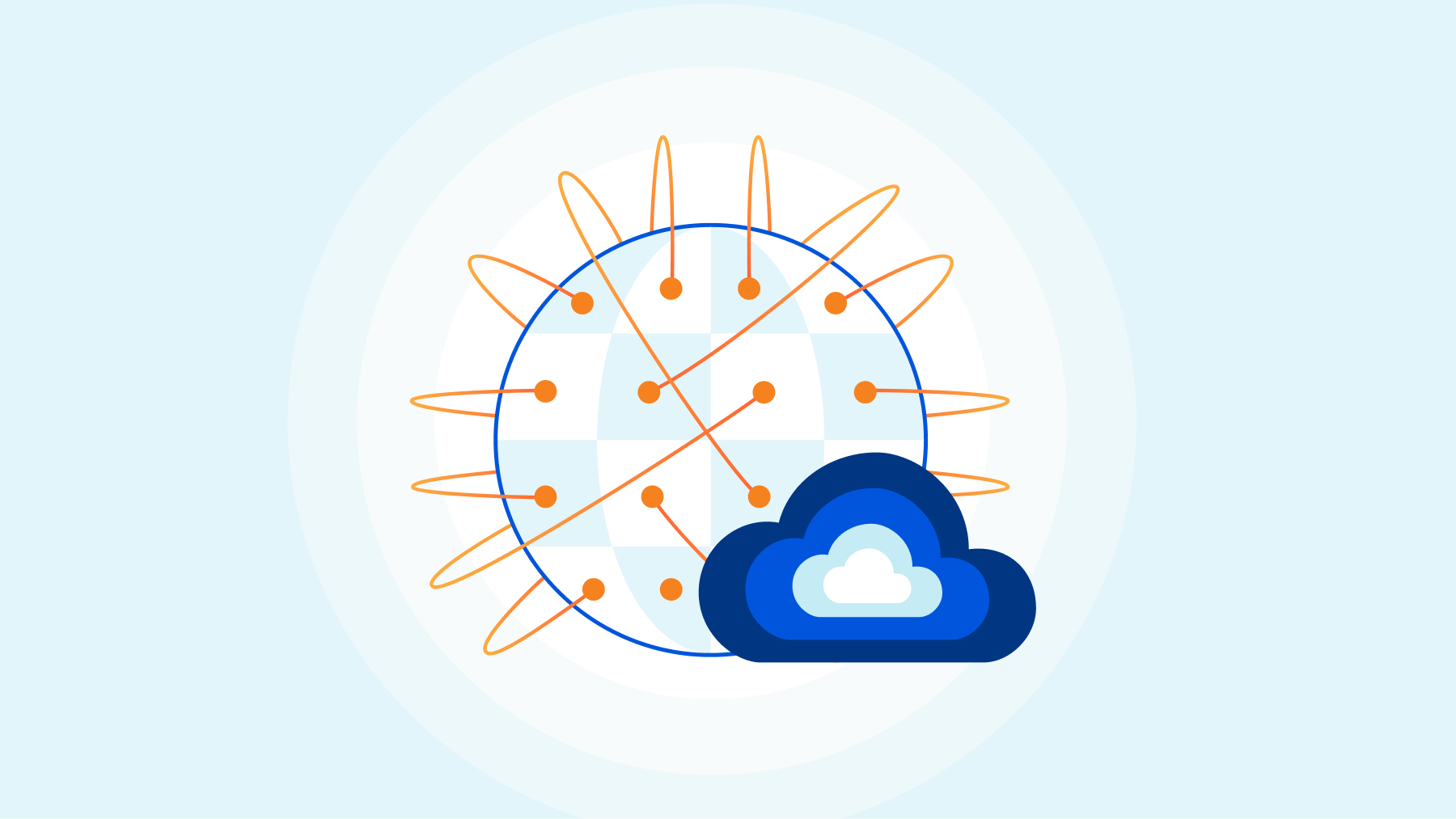
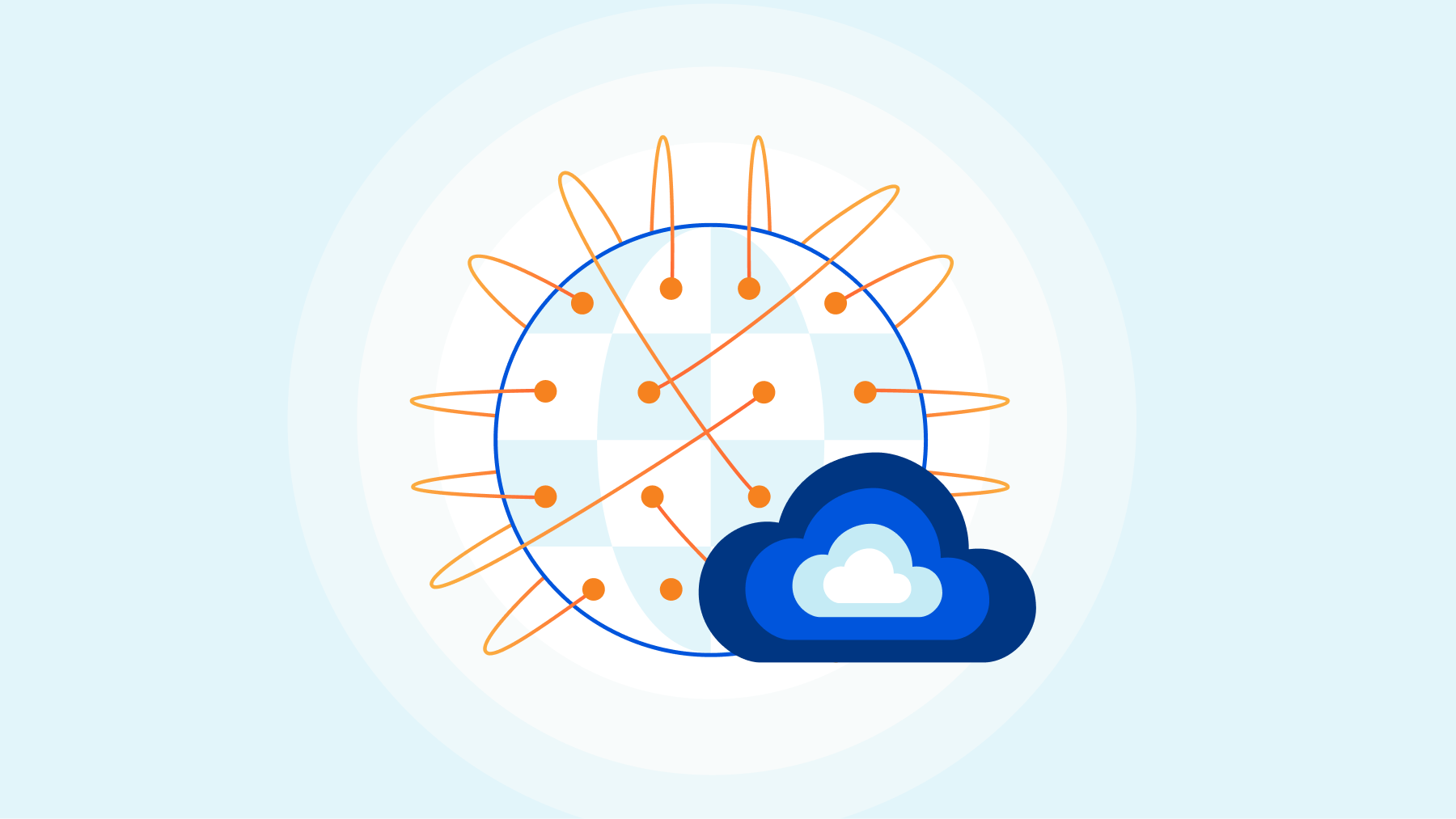
Employees returning to the office are experiencing that their corporate networks are much slower compared to what they’ve been using at home. It’s partly due to outdated line speeds, and also partly due to security requirements that force all traffic to get backhauled through centralized data centers. While 44% of the US currently has access to fiber-based broadband Internet with speeds reaching 1 Gbps, many MPLS sites are still on old 1.5 Mbps circuits. This is a reality check and a reminder that the current MPLS based networks are unable to support the shift from centralized applications in the datacenter to a distributed SaaS and hybrid multi-cloud world.
In this post, we are going to outline the steps required to take your network from MPLS to Zero Trust. But, before we do — a little about how we ended up in this situation.
Enterprise networks today
Over the past 10 years, most enterprise networks have evolved from perimeter hub and spoke networks into franken-networks as a means to solve connectivity and security issues. We have not had a chance to redesign them holistically for distributed application access. The band-aid and point solutions have only pushed the problems further down Continue reading
Announcing the Cloudflare One Partner Program
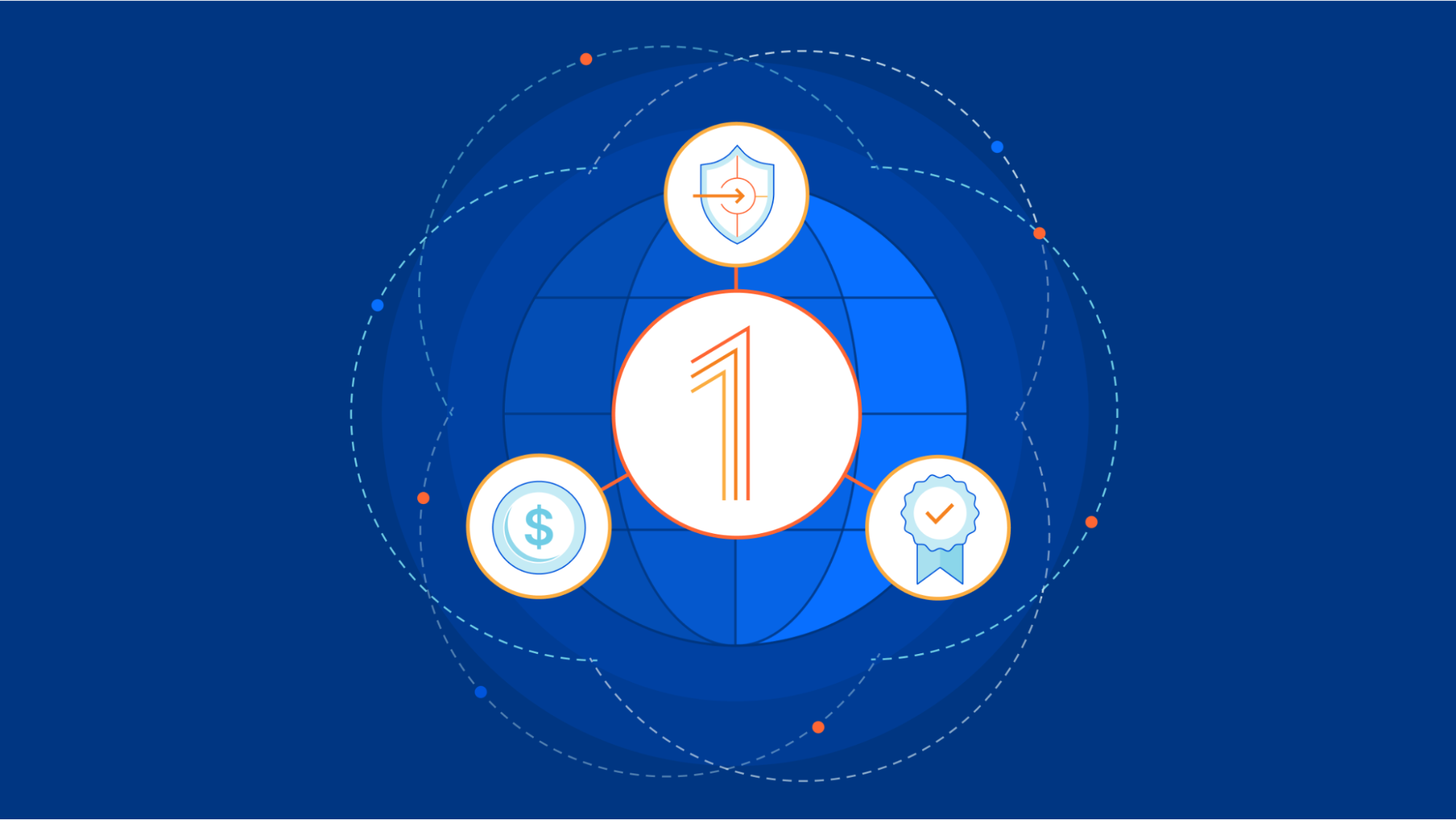
This post is also available in 简体中文, 日本語, Deutsch, Français.
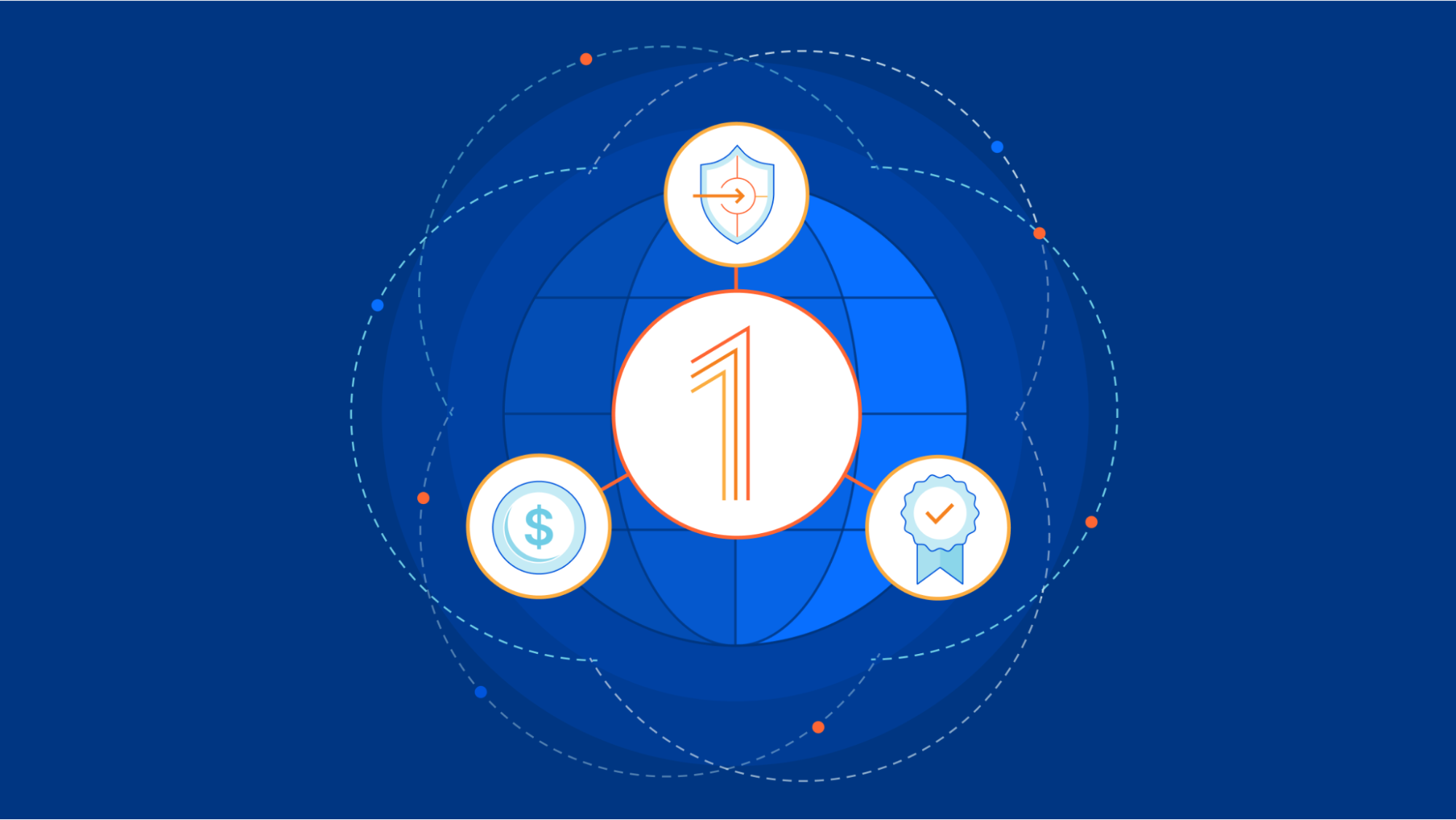
Today marks the launch of the Cloudflare One Partner Program, a program built around our Zero Trust, Network as a Service and Cloud Email Security offerings. The program helps channel partners deliver on the promise of Zero Trust while monetizing this important architecture in tangible ways – with a comprehensive set of solutions, enablement and incentives. We are delighted to have such broad support for the program from IT Service companies, Distributors, Value Added Resellers, Managed Service Providers and other solution providers.
This represents both a new go-to-market channel for Cloudflare, and a new way for companies of all sizes to adopt Zero Trust solutions that have previously been difficult to procure, implement and support.
The Cloudflare One Partner Program consists of the following elements:
- New, fully cloud-native Cloudflare One product suites that help partners streamline and accelerate the design of holistic Zero Trust solutions that are easier to implement. The product suites include our Zero Trust products and Cloud Email Security products from our recent acquisition of Area 1 Security.
- All program elements are fully operationalized through Cloudflare's Distributors to make it easier to evaluate, quote Continue reading
Verify Apple devices with no installed software
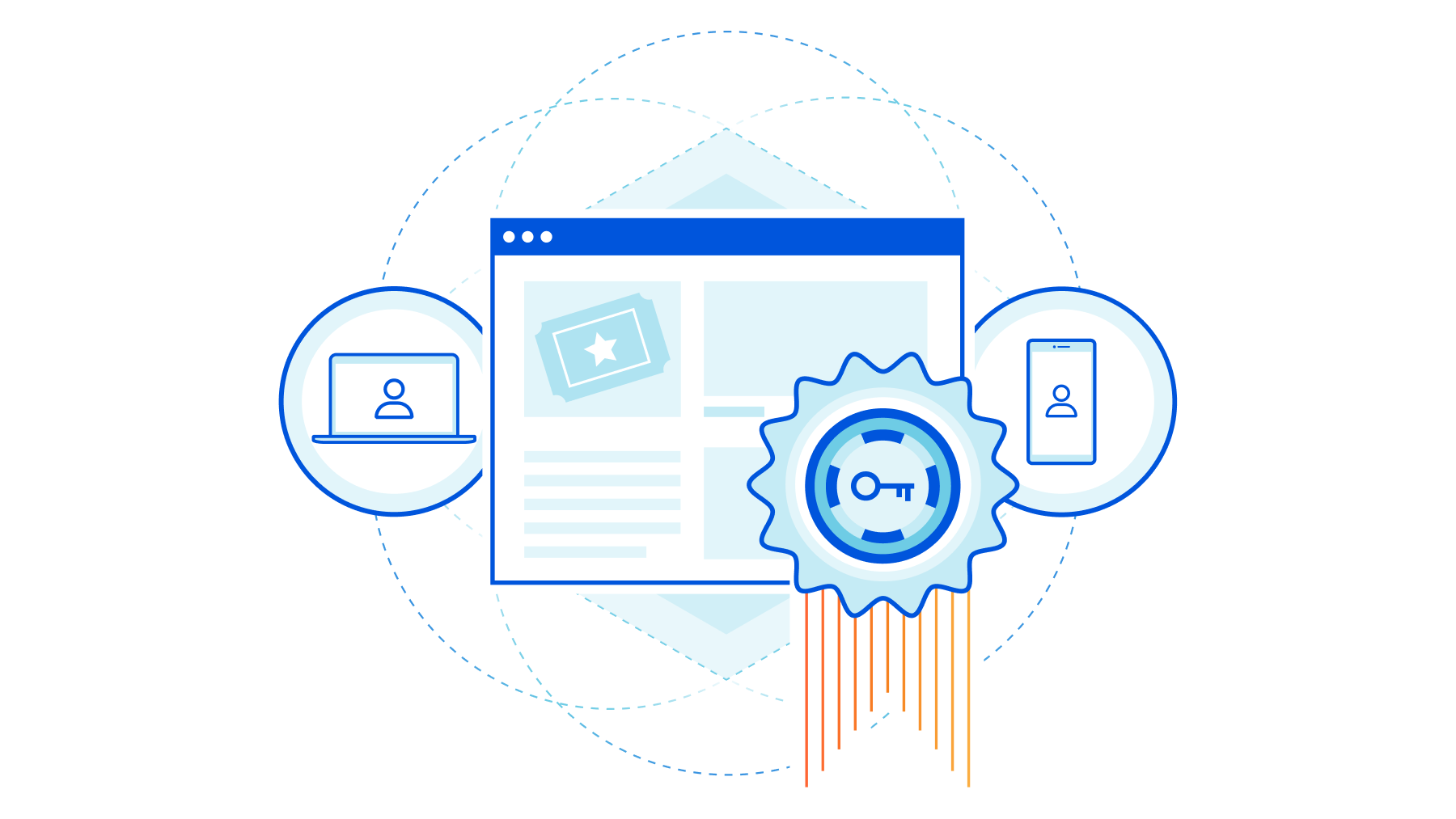
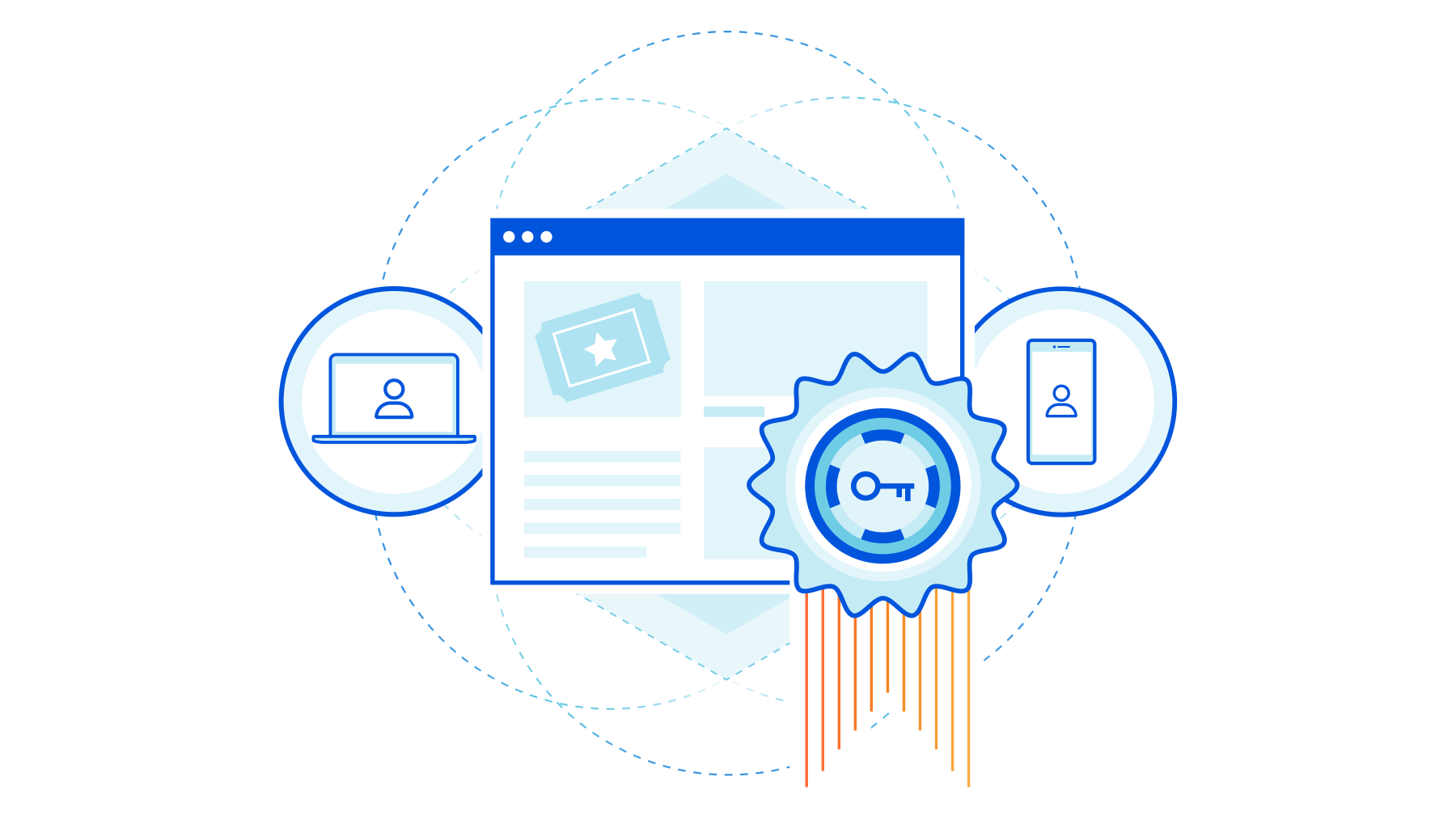
One of the foundations of Zero Trust is determining if a user’s device is “healthy” — that it has its operating system up-to-date with the latest security patches, that it’s not jailbroken, that it doesn’t have malware installed, and so on. Traditionally, determining this has required installing software directly onto a user’s device.
Earlier this month, Cloudflare participated in the announcement of an open source standard called a Private Attestation Token. Device manufacturers who support the standard can now supply a Private Attestation Token with any request made by one of their devices. On the IT Administration side, Private Attestation Tokens means that security teams can verify a user’s device before they access a sensitive application — without the need to install any software or collect a user’s device data.
At WWDC 2022, Apple announced Private Attestation Tokens. Today, we’re announcing that Cloudflare Access will support verifying a Private Attestation token. This means that security teams that rely on Cloudflare Access can verify a user’s Apple device before they access a sensitive application — no additional software required.
Determining a “healthy” device
There are many solutions on the market that help security teams determine if a device is “healthy” and Continue reading
How to augment or replace your VPN with Cloudflare
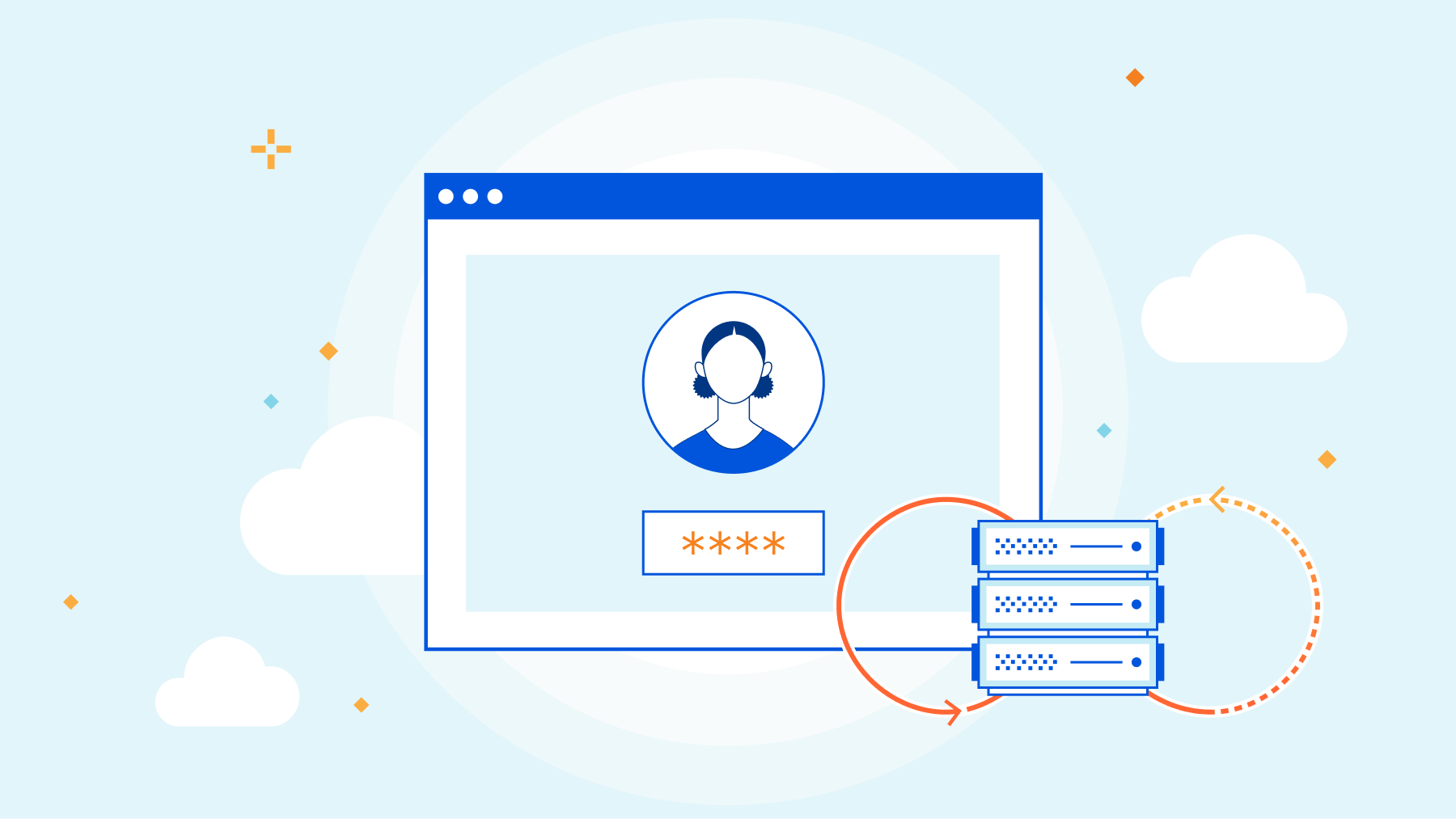
“Never trust, always verify.”
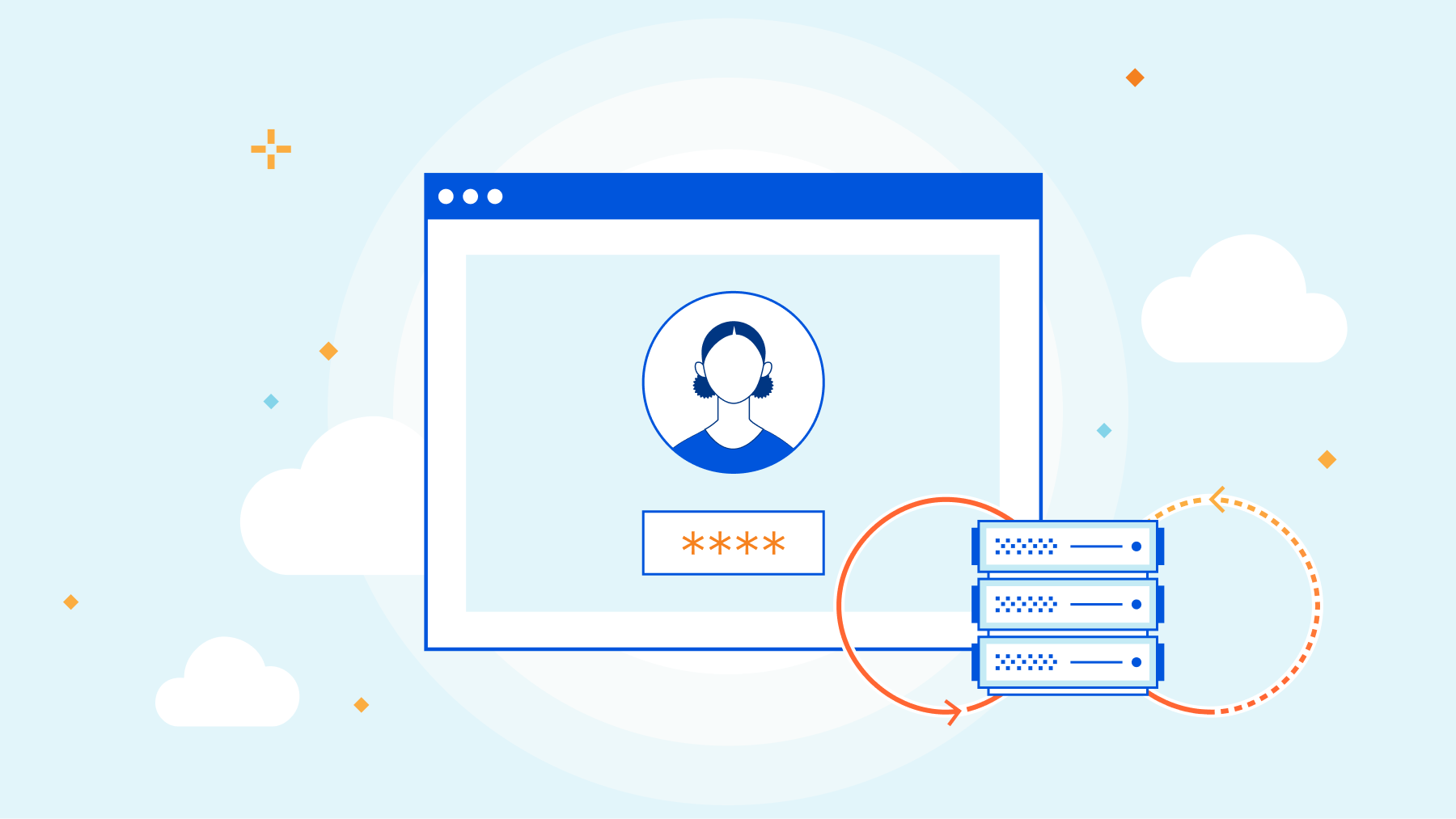
Almost everyone we speak to these days understands and agrees with this fundamental principle of Zero Trust. So what’s stopping folks? The biggest gripe we hear: they simply aren’t sure where to start. Security tools and network infrastructure have often been in place for years, and a murky implementation journey involving applications that people rely on to do their work every day can feel intimidating.
While there’s no universal answer, several of our customers have agreed that offloading key applications from their traditional VPN to a cloud-native Zero Trust Network Access (ZTNA) solution like Cloudflare Access is a great place to start—providing an approachable, meaningful upgrade for their business.
In fact, GartnerⓇ predicted that “by 2025, at least 70% of new remote access deployments will be served predominantly by ZTNA as opposed to VPN services, up from less than 10% at the end of 2021.”1 By prioritizing a ZTNA project, IT and Security executives can better shield their business from attacks like ransomware while simultaneously improving their employees’ daily workflows. The trade-off between security and user experience is an outmoded view of the world; organizations can truly improve both if they go Continue reading
Introducing Private Network Discovery
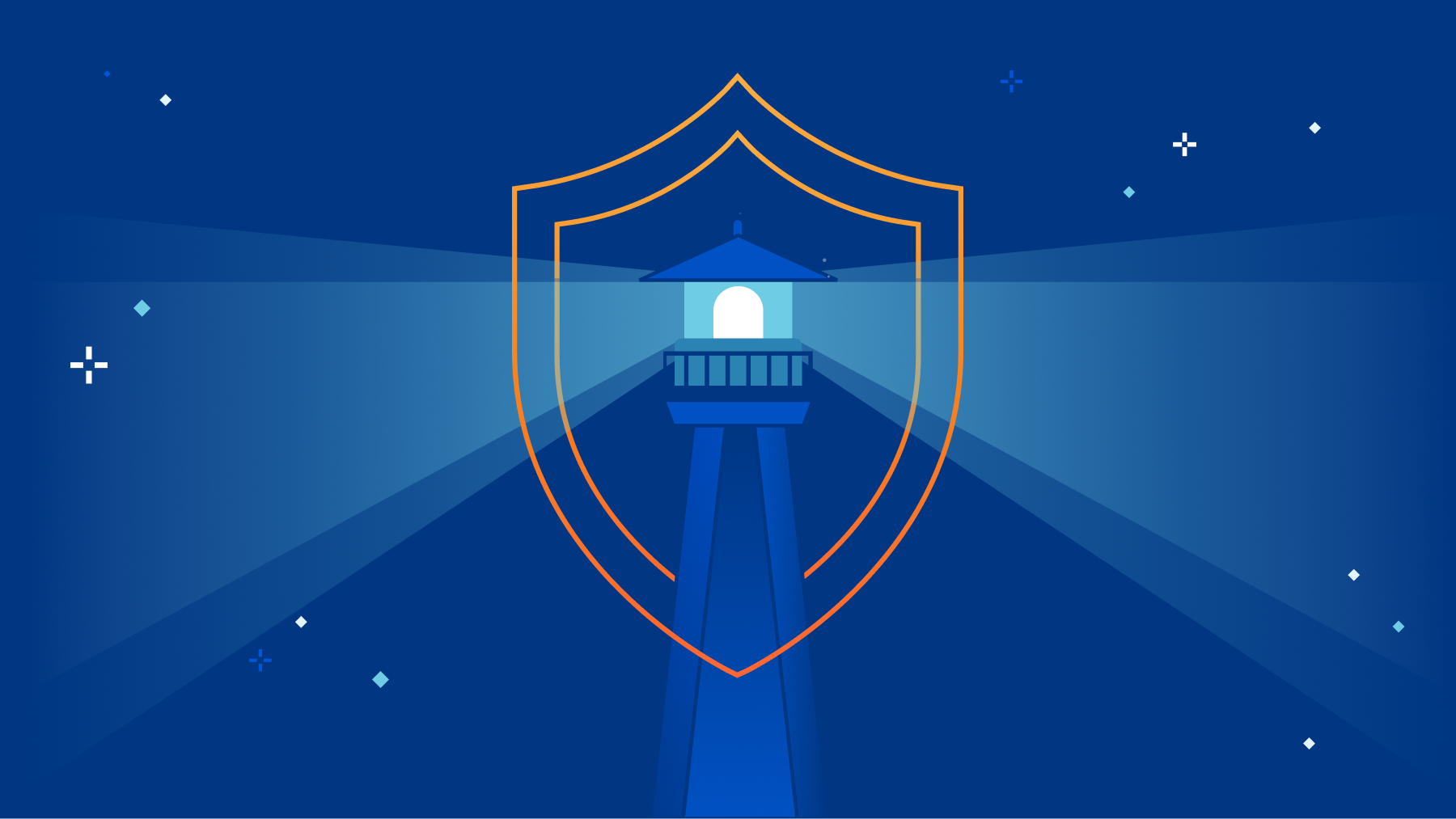
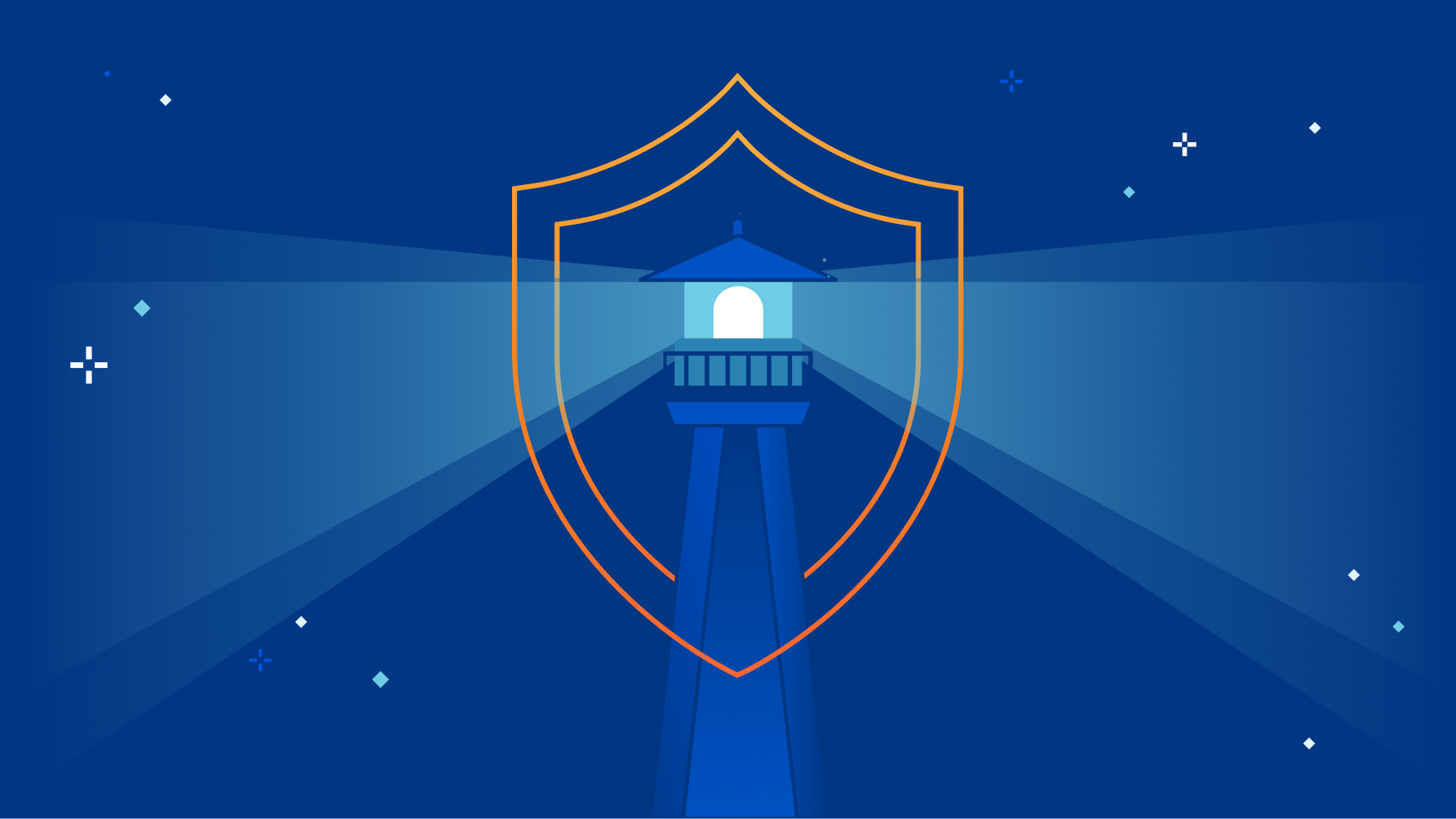
With Cloudflare One, building your private network on Cloudflare is easy. What is not so easy is maintaining the security of your private network over time. Resources are constantly being spun up and down with new users being added and removed on a daily basis, making it painful to manage over time.
That’s why today we’re opening a closed beta for our new Zero Trust network discovery tool. With Private Network Discovery, our Zero Trust platform will now start passively cataloging both the resources being accessed and the users who are accessing them without any additional configuration required. No third party tools, commands, or clicks necessary.
To get started, sign-up for early access to the closed beta and gain instant visibility into your network today. If you’re interested in learning more about how it works and what else we will be launching in the future for general availability, keep scrolling.
One of the most laborious aspects of migrating to Zero Trust is replicating the security policies which are active within your network today. Even if you do have a point-in-time understanding of your environment, networks are constantly evolving with new resources being spun up dynamically for various operations. This results Continue reading
Cloudflare recognized by Microsoft as a Security Software Innovator

This post is also available in 简体中文, Deutsch, Français, Español and 日本語.

Recently, Microsoft announced the winners for the 2022 Microsoft Security Excellence Awards, a prestigious classification in the Microsoft partner community. We are honored to announce that Cloudflare has won the Security Software Innovator award. This award recognized Cloudflare's innovative approach to Zero Trust and Security solutions. Our transformative technology in collaboration with Microsoft provides world-class joint solutions for our mutual customers.
Microsoft Security Excellence Awards
The third annual Microsoft Security awards celebrated finalists in 10 categories spanning security, compliance, and identity. Microsoft unveiled the winners of the Microsoft Security Partner Awards, voted on by a group of industry veterans, on June 6, 2022.
Through this award, Microsoft recognizes Cloudflare’s approach to constantly deliver the most innovative solutions for joint customers. Together with Microsoft, we have supported thousands of customers including many of the largest Fortune 500 companies on their Zero Trust journey, enabling customers to simply and easily support their security needs with faster performance.
Cloudflare has built deep integrations with Microsoft to help organizations take the next step in their Zero Trust journey. These integrations empower organizations to make customer implementations operationally efficient while Continue reading
Infinitely extensible Access policies
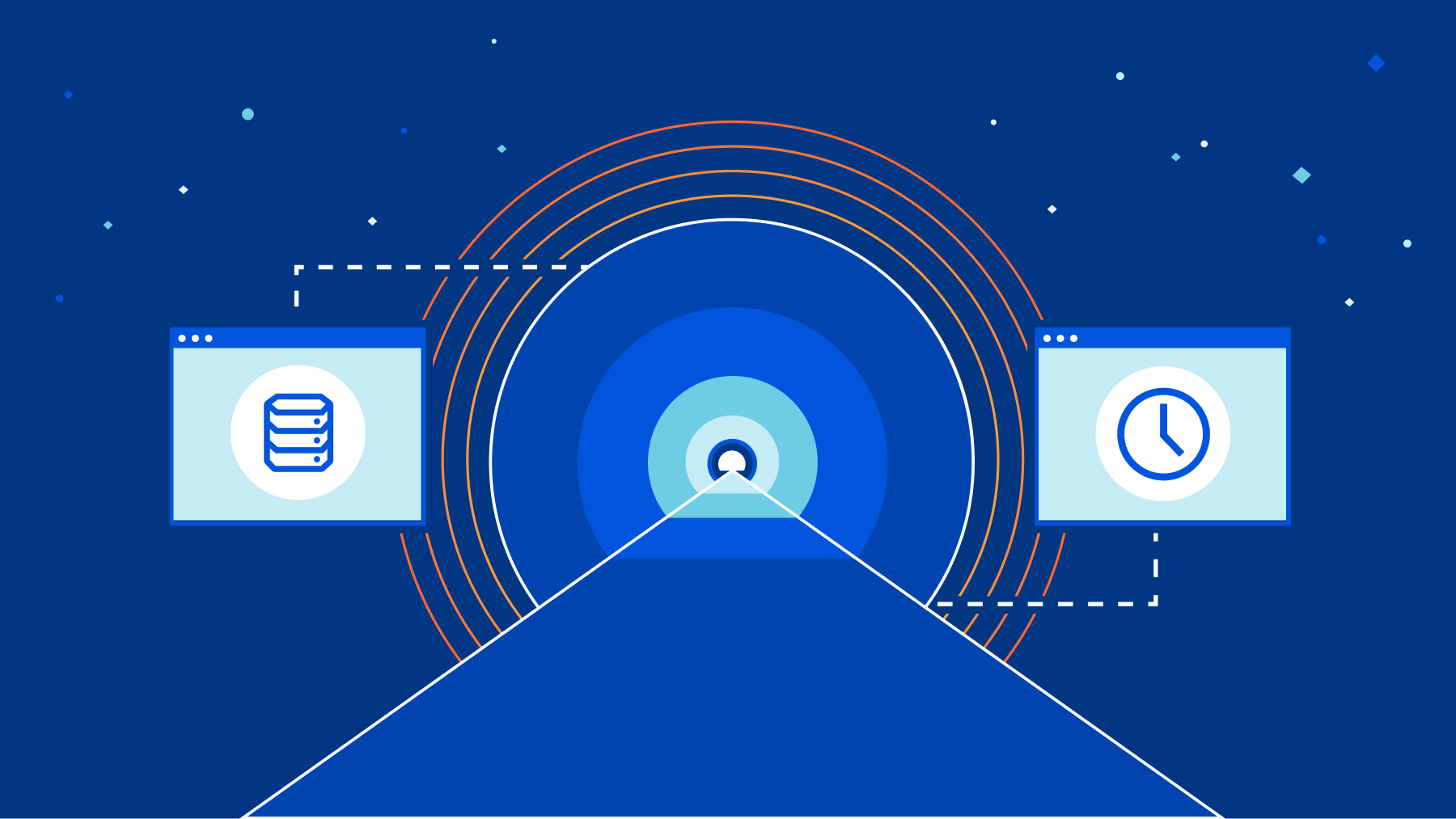
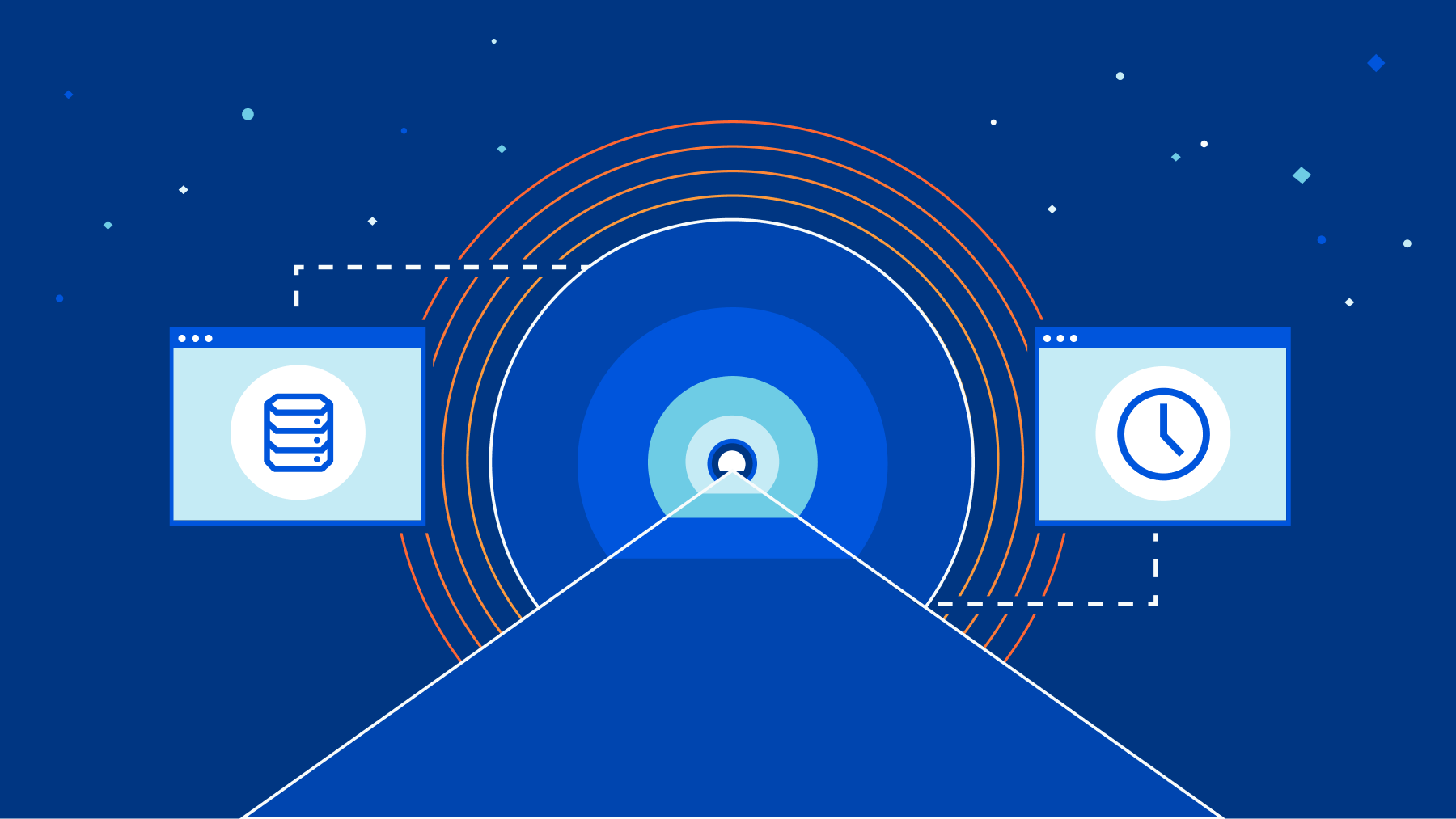
Zero Trust application security means that every request to an application is denied unless it passes a specific set of defined security policies. Most Zero Trust solutions allow the use of a user’s identity, device, and location as variables to define these security policies.
We heard from customers that they wanted more control and more customizability in defining their Zero Trust policies.
Starting today, we’re excited that Access policies can consider anything before allowing a user access to an application. And by anything, we really do mean absolutely anything. You can now build infinitely customizable policies through the External Evaluation rule option, which allows you to call any API during the evaluation of an Access policy.
Why we built external evaluation rules
Over the past few years we added the ability to check location and device posture information in Access. However, there are always additional signals that can be considered depending on the application and specific requirements of an organization. We set out to give customers the ability to check whatever signal they require without any direct support in Access policies.
The Cloudflare security team, as an example, needed the ability to verify a user’s mTLS certificate against a registry Continue reading
How Cloudflare One solves your observability problems


Today, we’re excited to announce Cloudflare One Observability. Cloudflare One Observability will help customers work across Cloudflare One applications to troubleshoot network connectivity, security policies, and performance issues to ensure a consistent experience for employees everywhere. Cloudflare One, our comprehensive SASE platform, already includes visibility for individual products; Cloudflare One Observability is the next step in bringing data together across the Cloudflare One platform.
Network taps and legacy enterprise networks
Traditional enterprise networks operated like a castle protected by a moat. Employees working from a physical office location authenticated themselves at the beginning of their session, they were protected by an extensive office firewall, and the majority of the applications they accessed were on-premise.
Many enterprise networks had a strictly defined number of “entrances” for employees at office locations. Network taps (devices used to measure and report events on a local network) monitored each entrance point, and these devices gave network administrators and engineers complete visibility into their operations.
Learn more about the old castle-and-moat network security model.
Incomplete observability in today’s enterprise network
Today’s enterprise networks have expanded beyond the traditional on-premise model and have become extremely fragmented. Now, employees can work from anywhere. People access enterprise networks Continue reading
Next generation intrusion detection: an update on Cloudflare’s IDS capabilities

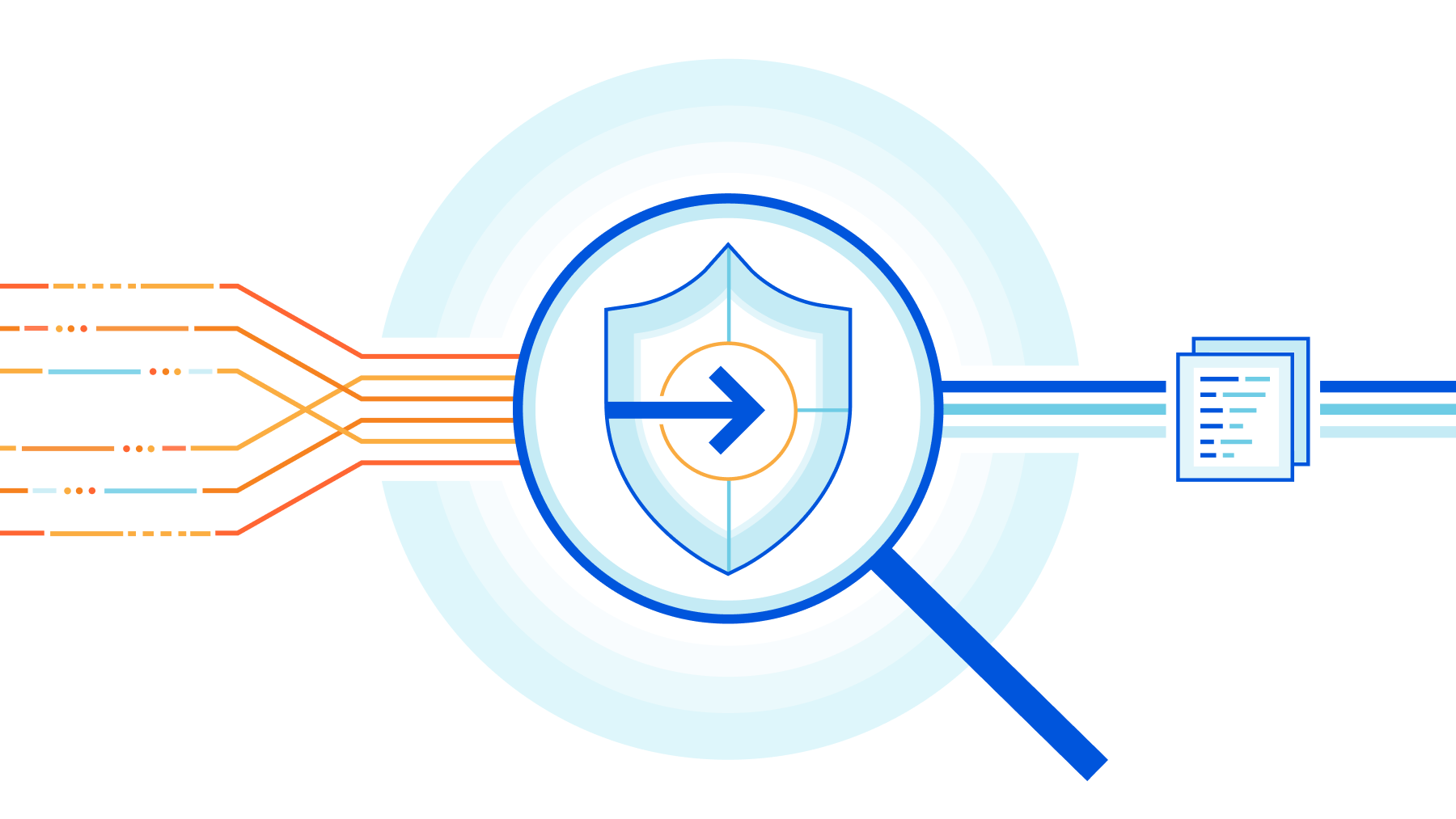
In an ideal world, intrusion detection would apply across your entire network - data centers, cloud properties, and branch locations. It wouldn’t impact the performance of your traffic. And there’d be no capacity constraints. Today, we’re excited to bring this one step closer to reality by announcing the private beta of Cloudflare’s intrusion detection capabilities: live monitoring for threats across all of your network traffic, delivered as-a-service — with none of the constraints of legacy hardware approaches.
Cloudflare’s Network Services, part of Cloudflare One, help you connect and secure your entire corporate network — data center, cloud, or hybrid — from DDoS attacks and other malicious traffic. You can apply Firewall rules to keep unwanted traffic out or enforce a positive security model, and integrate custom or managed IP lists into your firewall policies to block traffic associated with known malware, bots, or anonymizers. Our new Intrusion Detection System (IDS) capabilities expand on these critical security controls by actively monitoring for a wide range of known threat signatures in your traffic.
What is an IDS?
Intrusion Detection Systems are traditionally deployed as standalone appliances but often incorporated as features in more modern or higher end firewalls. They expand the security Continue reading
Introducing Cloudforce One: our new threat operations and research team
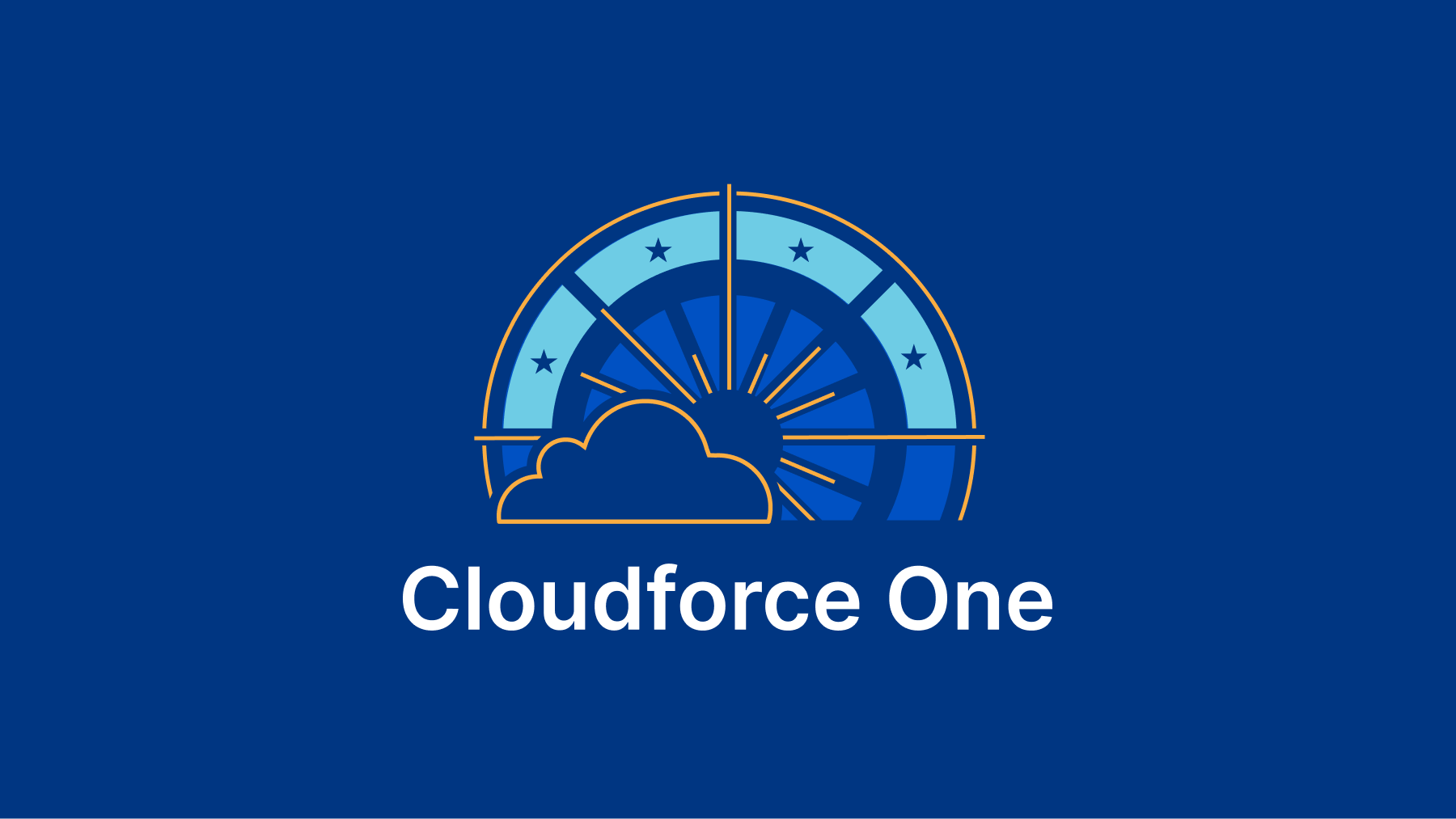
This post is also available in 简体中文, 日本語, Deutsch, Français and Español.
Meet our new threat operations and research team: Cloudforce One. While this team will publish research, that’s not its reason for being. Its primary objective: track and disrupt threat actors.
The security teams we speak with tell us the same thing: they’re inundated with reports from threat intelligence and security product vendors that do little to improve their actual security. The stories are indeed interesting, but they want deeper insights into the techniques and actors targeting their industry—but even more than that, they want to be protected against these threats with minimal to no involvement. That is the mission on which Cloudforce One will deliver.
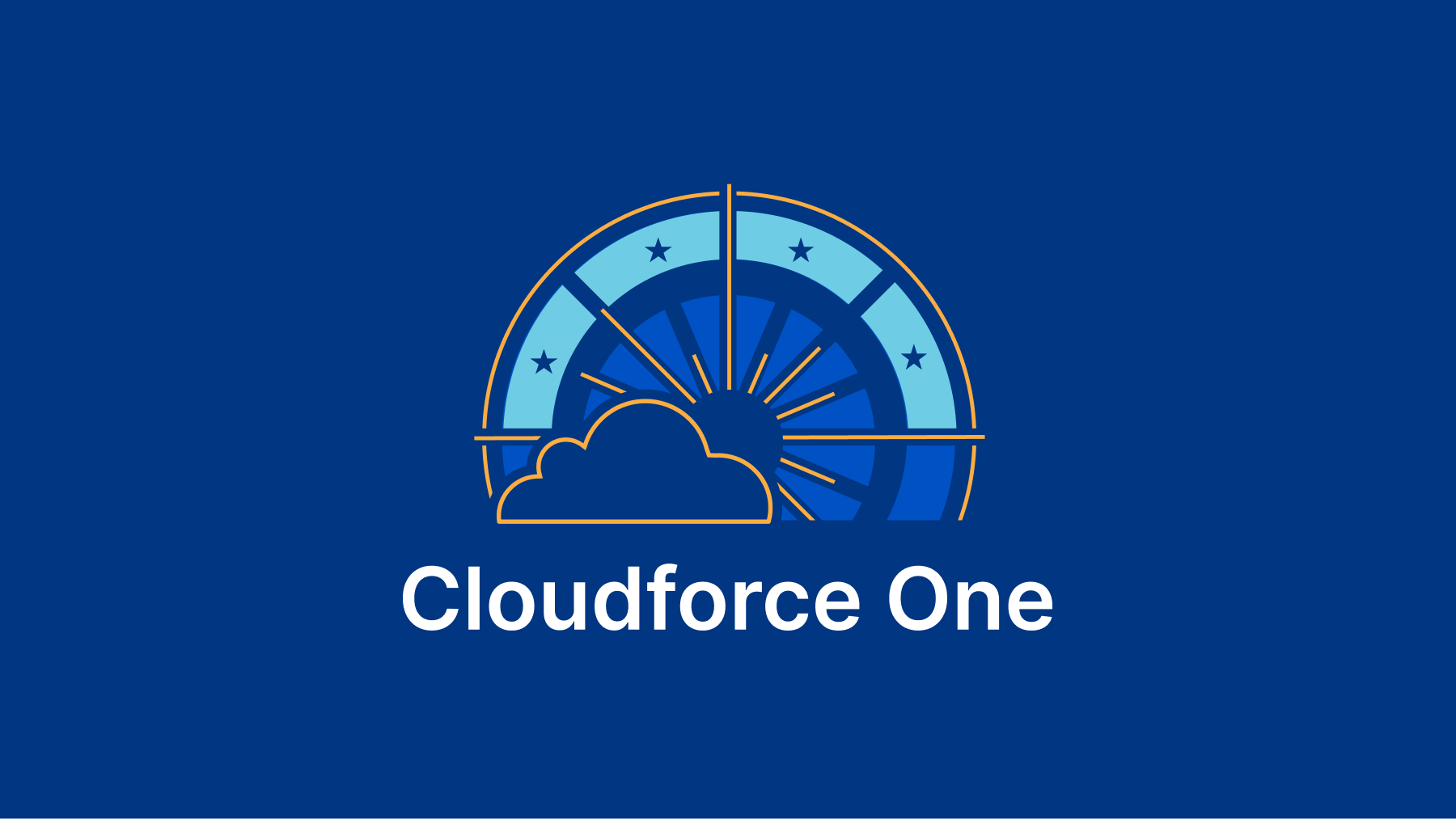
This team is led by me, Blake Darché, Area 1’s co-founder and former head of Threat Intelligence. Before starting Area 1, which was acquired by Cloudflare earlier this year, I was a founding member of CrowdStrike’s services organization, and before that a Computer Network Exploitation Analyst at the National Security Agency (NSA). My career has focused on identifying and disrupting sophisticated nation-state sponsored cyber threats before they compromise enterprises and governments, and I’m excited to accelerate that work at Continue reading
Cloudflare outage on June 21, 2022
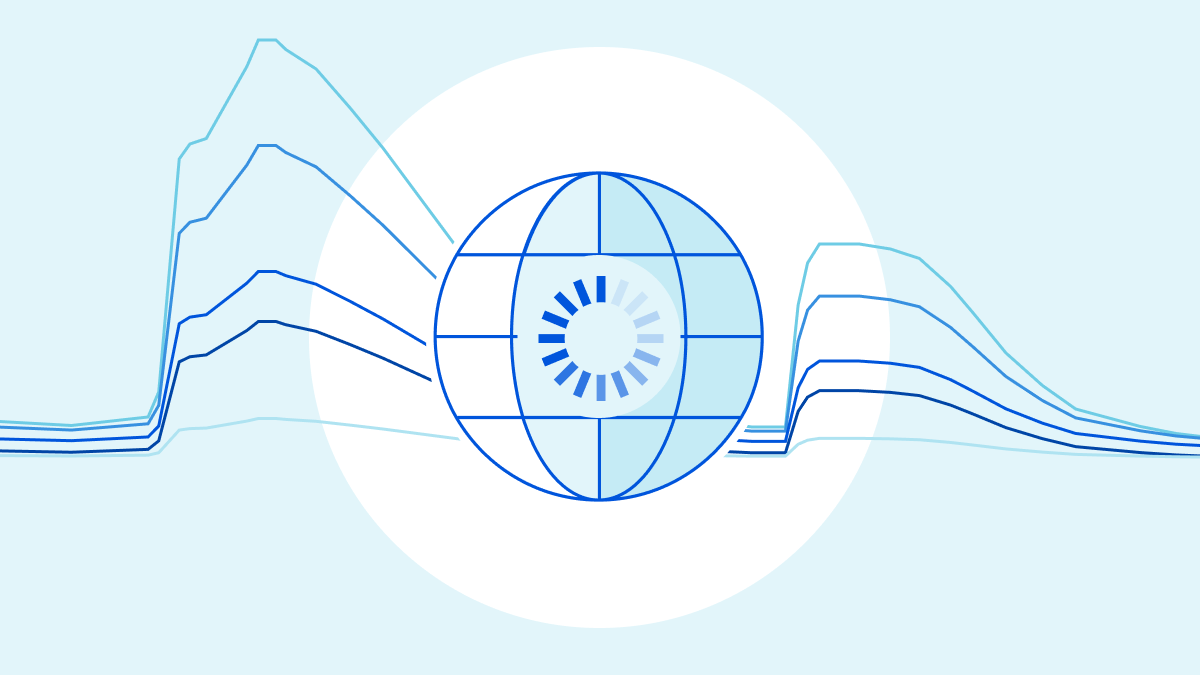
Introduction

Today, June 21, 2022, Cloudflare suffered an outage that affected traffic in 19 of our data centers. Unfortunately, these 19 locations handle a significant proportion of our global traffic. This outage was caused by a change that was part of a long-running project to increase resilience in our busiest locations. A change to the network configuration in those locations caused an outage which started at 06:27 UTC. At 06:58 UTC the first data center was brought back online and by 07:42 UTC all data centers were online and working correctly.
Depending on your location in the world you may have been unable to access websites and services that rely on Cloudflare. In other locations, Cloudflare continued to operate normally.
We are very sorry for this outage. This was our error and not the result of an attack or malicious activity.
Background
Over the last 18 months, Cloudflare has been working to convert all of our busiest locations to a more flexible and resilient architecture. In this time, we’ve converted 19 of our data centers to this architecture, internally called Multi-Colo PoP (MCP): Amsterdam, Atlanta, Ashburn, Chicago, Frankfurt, London, Los Angeles, Madrid, Manchester, Miami, Milan, Mumbai, Newark, Osaka, São Paulo, Continue reading
Bring your own license and threat feeds to use with Cloudflare One
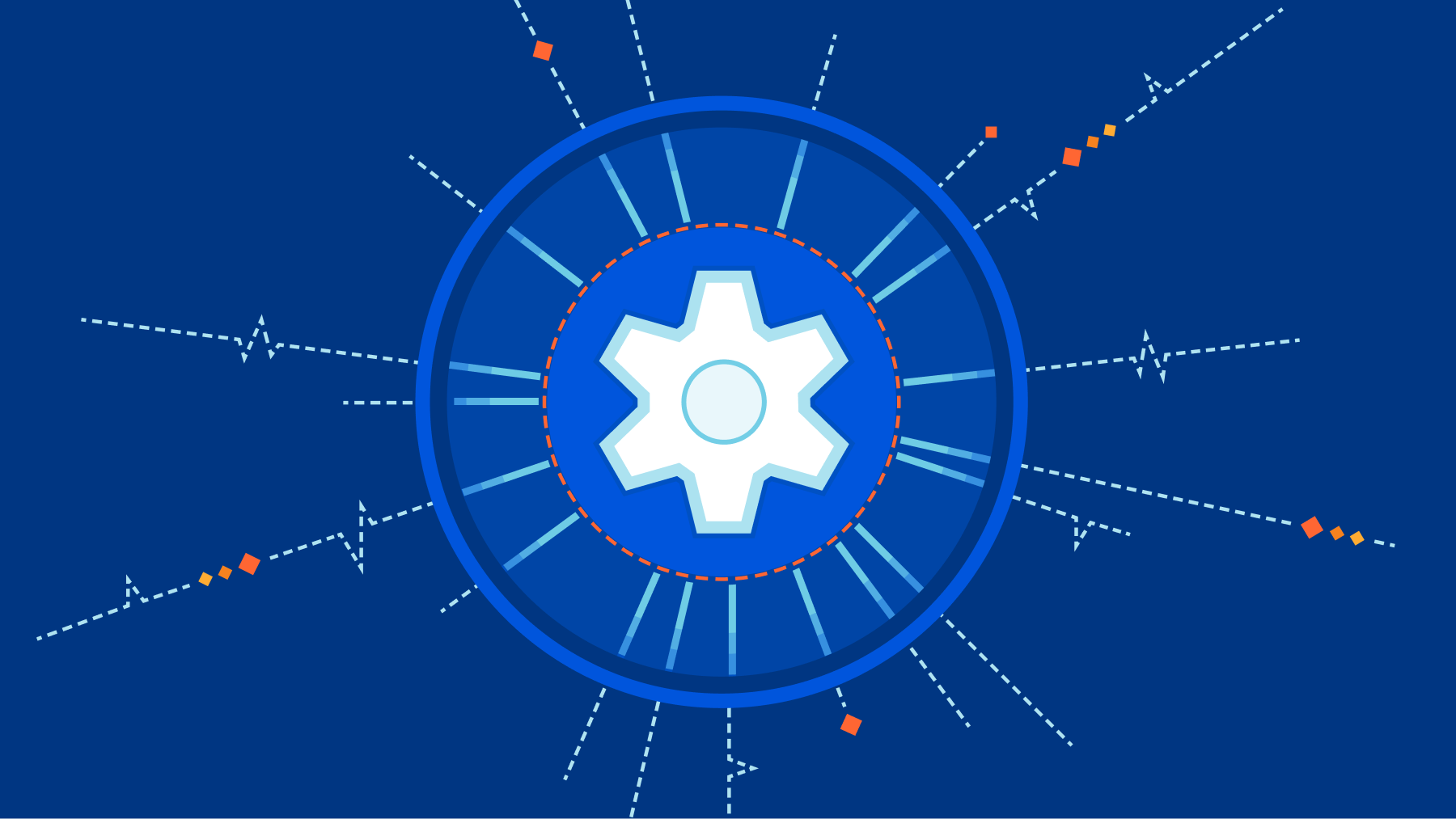
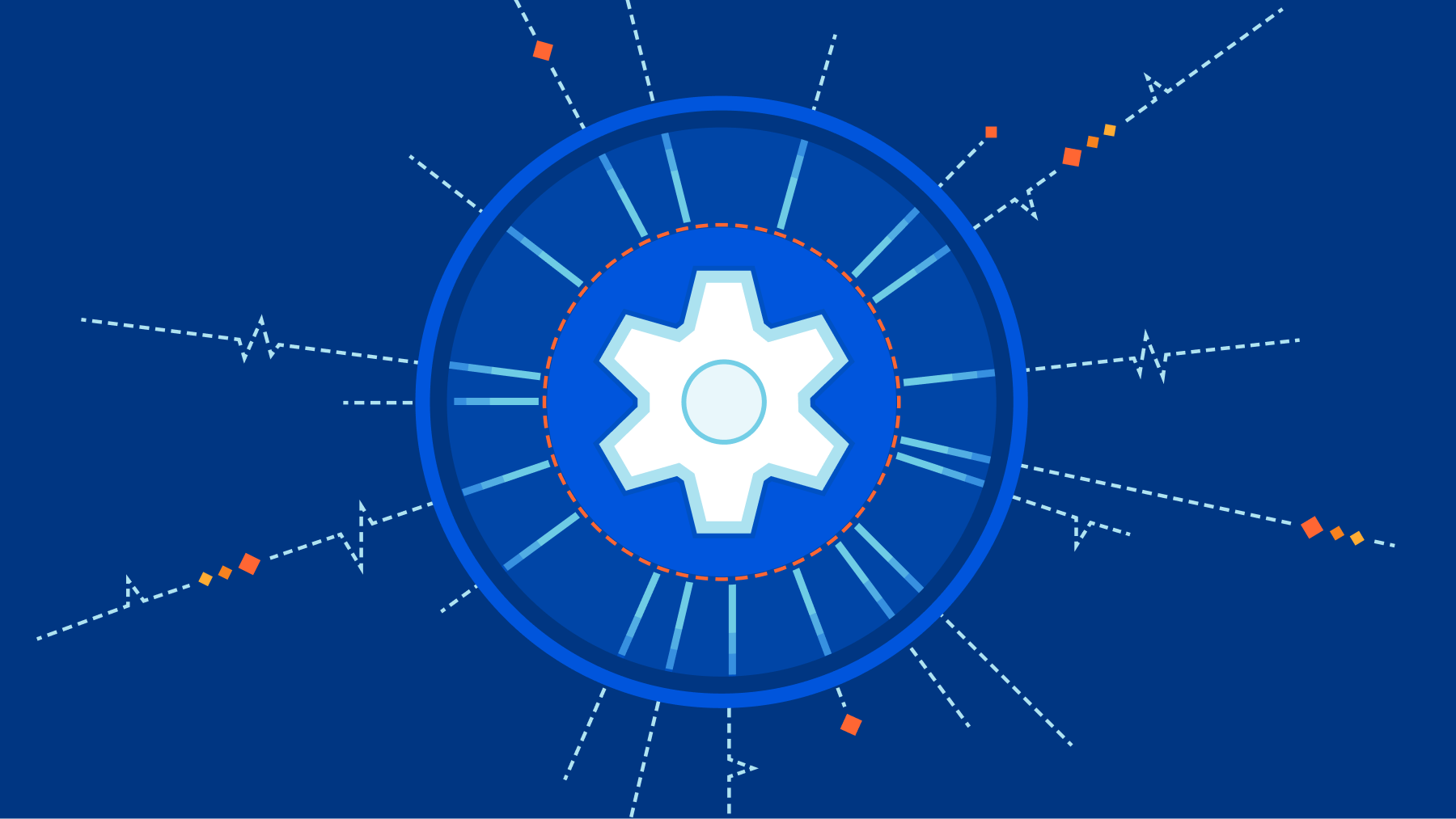
At Cloudflare, we strive to make our customers’ lives simpler by building products that solve their problems, are extremely easy to use, and integrate well with their existing tech stack. Another element of ensuring that we fit well with existing deployments is integrating seamlessly with additional solutions that customers subscribe to, and making sure those solutions work collaboratively together to solve a pain point.
Today, we are announcing new integrations that enable our customers to integrate third-party threat intel data with the rich threat intelligence from Cloudflare One products — all within the Cloudflare dashboard. We are releasing this feature in partnership with Mandiant, Recorded Future, and VirusTotal, and will be adding new partners in the coming months.
Customers of these threat intel partners can upload their API keys to the Cloudflare Security Center to enable the use of additional threat data to create rules within Cloudflare One products such as Gateway and Magic Firewall, and infrastructure security products including the Web Application Firewall and API Gateway. Additionally, search results from Security Center’s threat investigations portal will also be automatically enriched with licensed data.
Entering your API keys
Customers will be able to enter their keys by navigating to Security Continue reading